Ventures in the Florida Wildlife Corridor
IN SEARCH OF GOPHER TORTOISES
In a city known for its dense tree canopy, I was surprised to hear that there’s a slice of scrub habitat found just on the outskirts of Gainesville. Having grown up on the Atlantic Coastal Ridge (known for this unique scrub) in the southern extent of Florida, and spending several years there studying gopher tortoises and the animals that rely on their burrows, I was excited to get back to my roots and have the opportunity to explore the scrub near my new home. Price’s Scrub State Park is in Micanopy, about 25 minutes from downtown Gainesville. It spans 1,000 acres, has 9.5 miles of hiking trails, and plays a key role in connecting the Northwest Marion Greenway.
WildLandscapes COO, Richard, was recently visiting Florida and on his final day, we decided to take a break from our communications and development work. Feeling optimistic about the potential of seeing gopher tortoises in Price’s Scrub, I suggested this park as the place to visit before Richard’s flight out.
Once out of Gainesville, the drive to Price’s Scrub is on a country road bordered with horse farms designated as a Farmland Preservation Area — a designation that essentially limits a landowner’s ability to convert agricultural land to other forms of development. Large live oaks decorated the landscape with heaps of Spanish moss dripping from their limbs. Remnants of a once longleaf pine forest remain in patches between the horse fields and cattle ranches, leaving a green mosaic panorama containing both natural and altered landscapes. Goldenrod lined the roadsides in full bloom, which to me, seems to be a sign of fall in this part of Florida. As we approached the park, the landscape quickly turned into scrub with the large live oaks fading into short thickets of live sand oaks, assuming twisted shapes caused by stress from drought.
When we arrived, I was surprised to learn that there was no entrance fee for this state park — I hopped out of my car and hit the trails with my camera in hand and a bounce in my step. We first walked through flatwoods with sparse pine trees towering above while meandering through saw palmetto below. As elevation rose slightly, the landscape quickly turned into a higher and drier scrub. Scrub habitat is usually known for its coastal dune-esque appearance with sparse vegetation, bare powdery sand, and rarely a shady spot to stand. This scrub, however, was thick and impenetrable, towering over us as if it was gesturing for someone to light it all on fire.
FIRE DESIGNS FLORIDA’S LANDSCAPES
The reasoning for this characteristically open ecosystem is fire. Historically, fires naturally swept through Florida, coast to coast, nearly every summer. Today, roads and development block the spread of fires often turning these fire-dependent landscapes into hardwood forests which are now more extensive than they were in presettlement times. Wildlife that depend on these open ecosystems (such as gopher tortoises) will not thrive in hardwood forests where sunlight cannot filter through the canopy to the forest floor. Fires not only suppress the growth of hardwoods, but they stimulate new growth for the fire-dependent plants.
The scrub here was surely too thick for gopher tortoises who need an open canopy for nesting, basking, and foraging. Although we continued to search, we wouldn’t see a gopher tortoise that day, but we did see signs of their presence — gopher tortoise feces along the trail and one old gopher tortoise burrow that had been long-ago claimed by an armadillo.
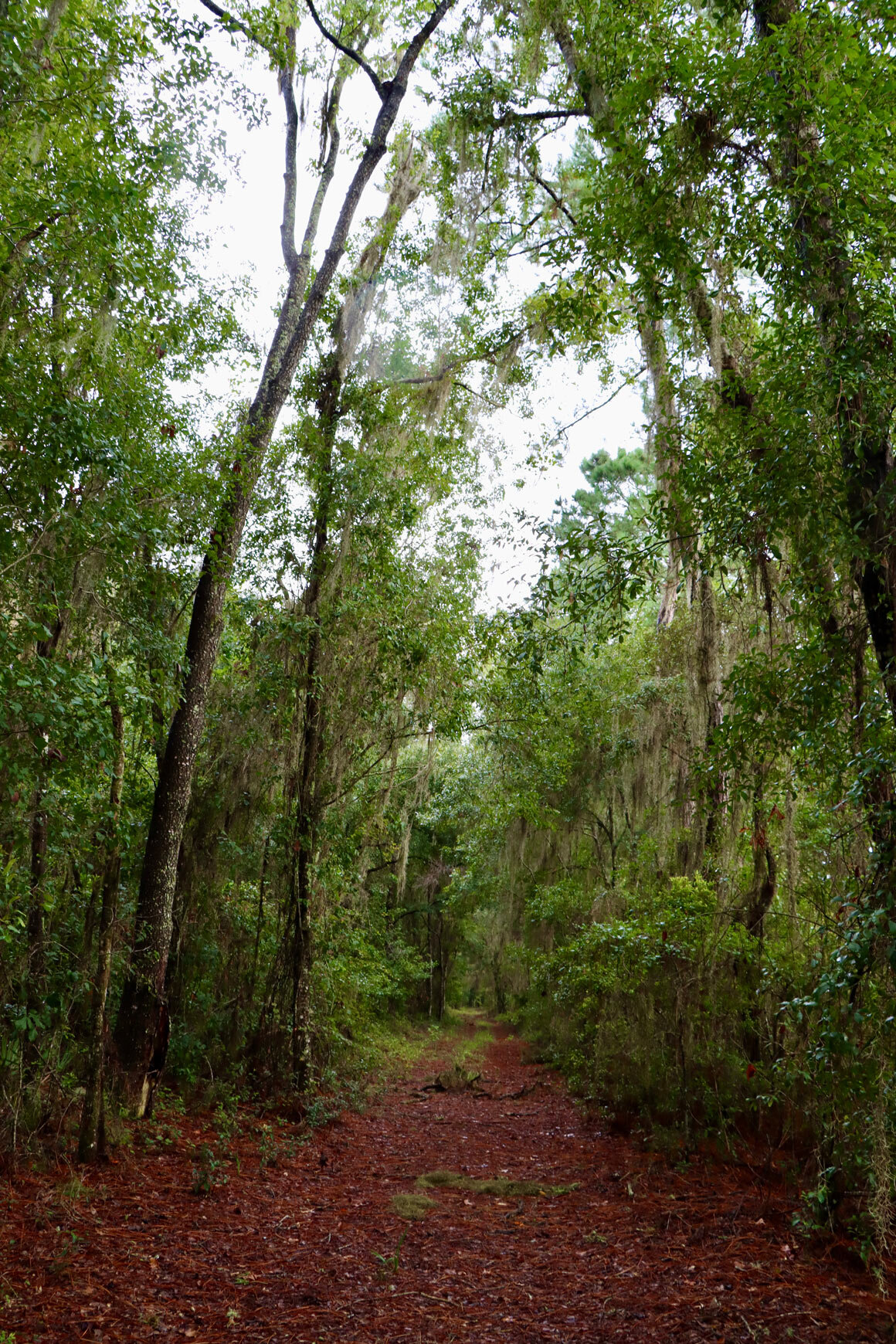
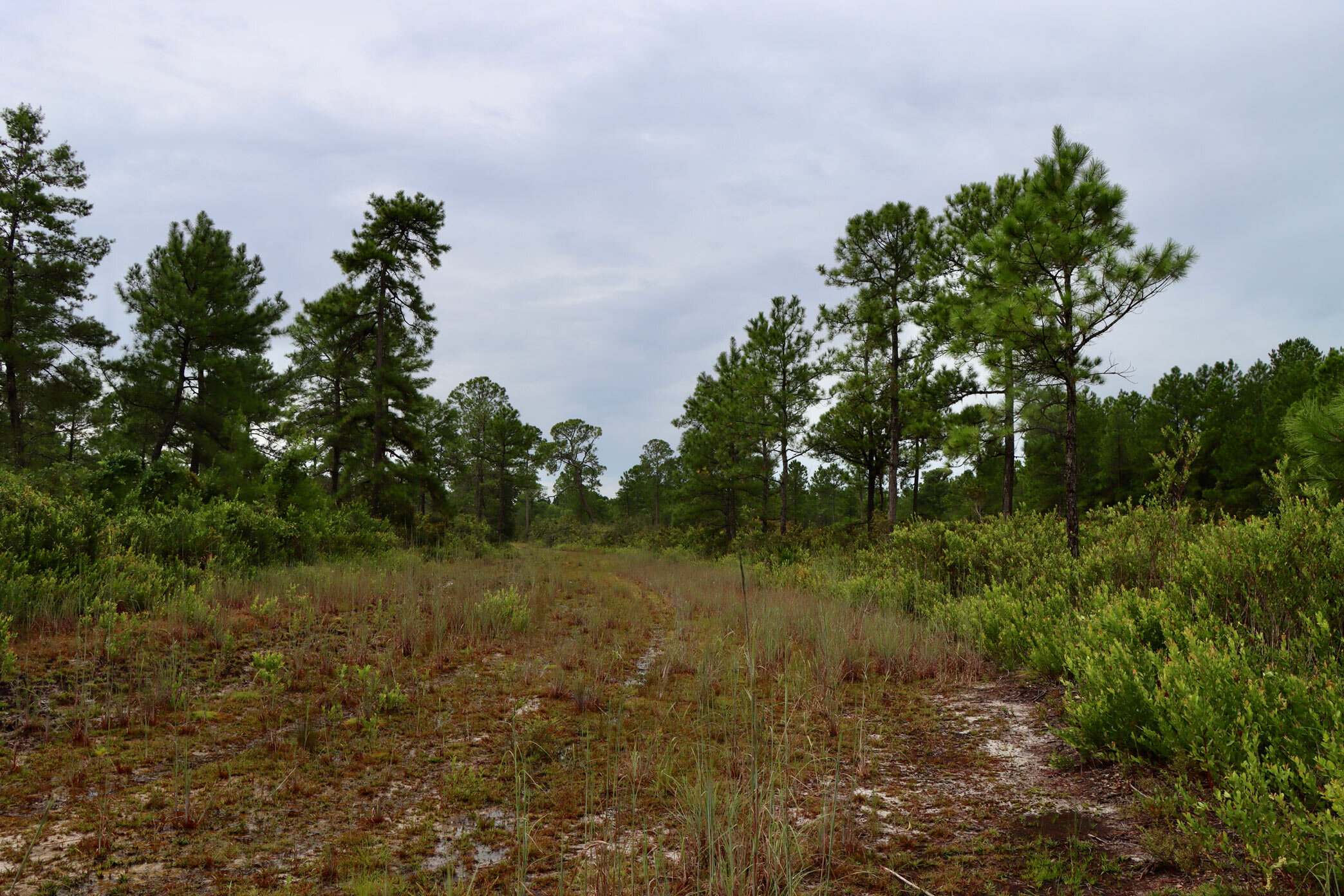
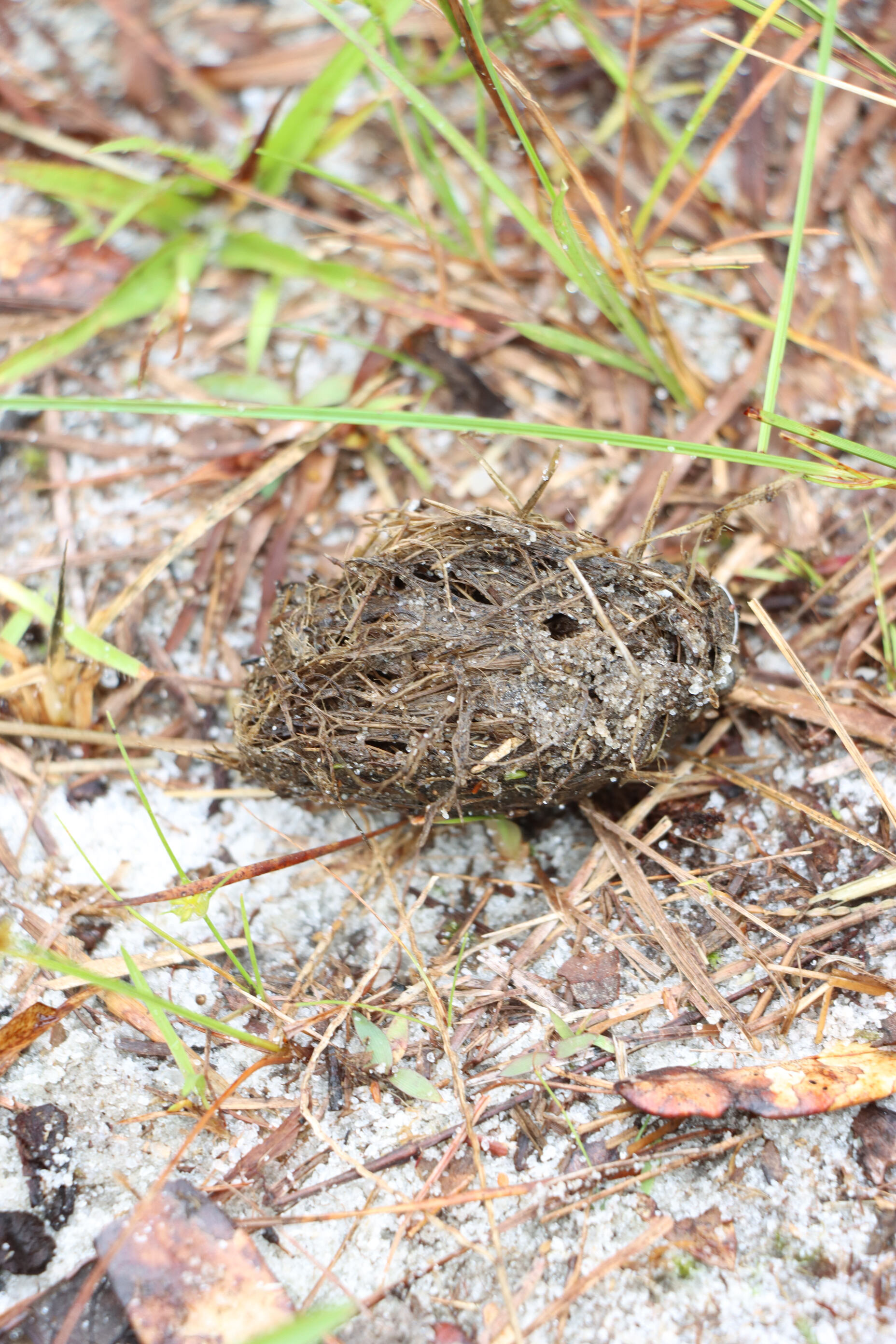
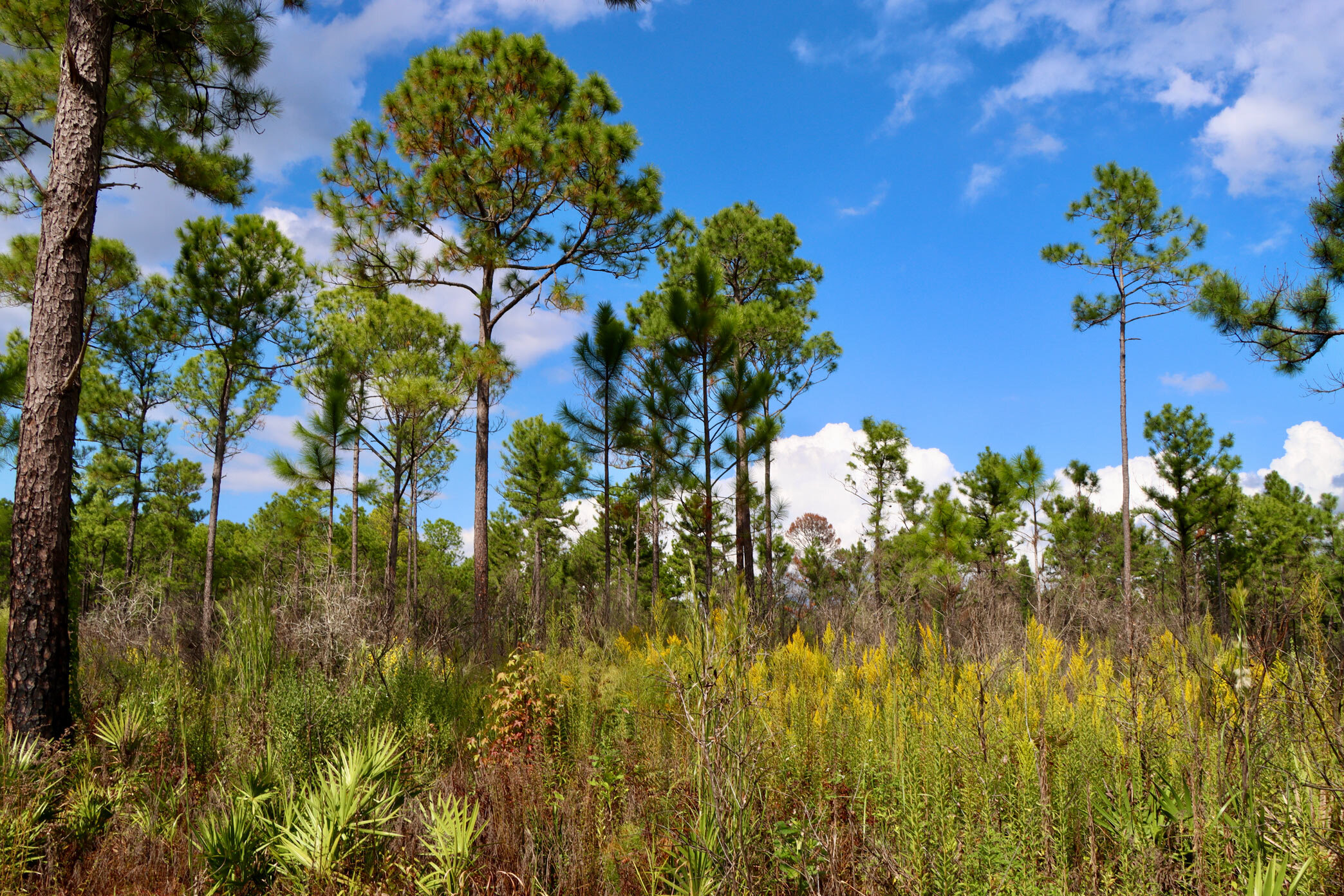
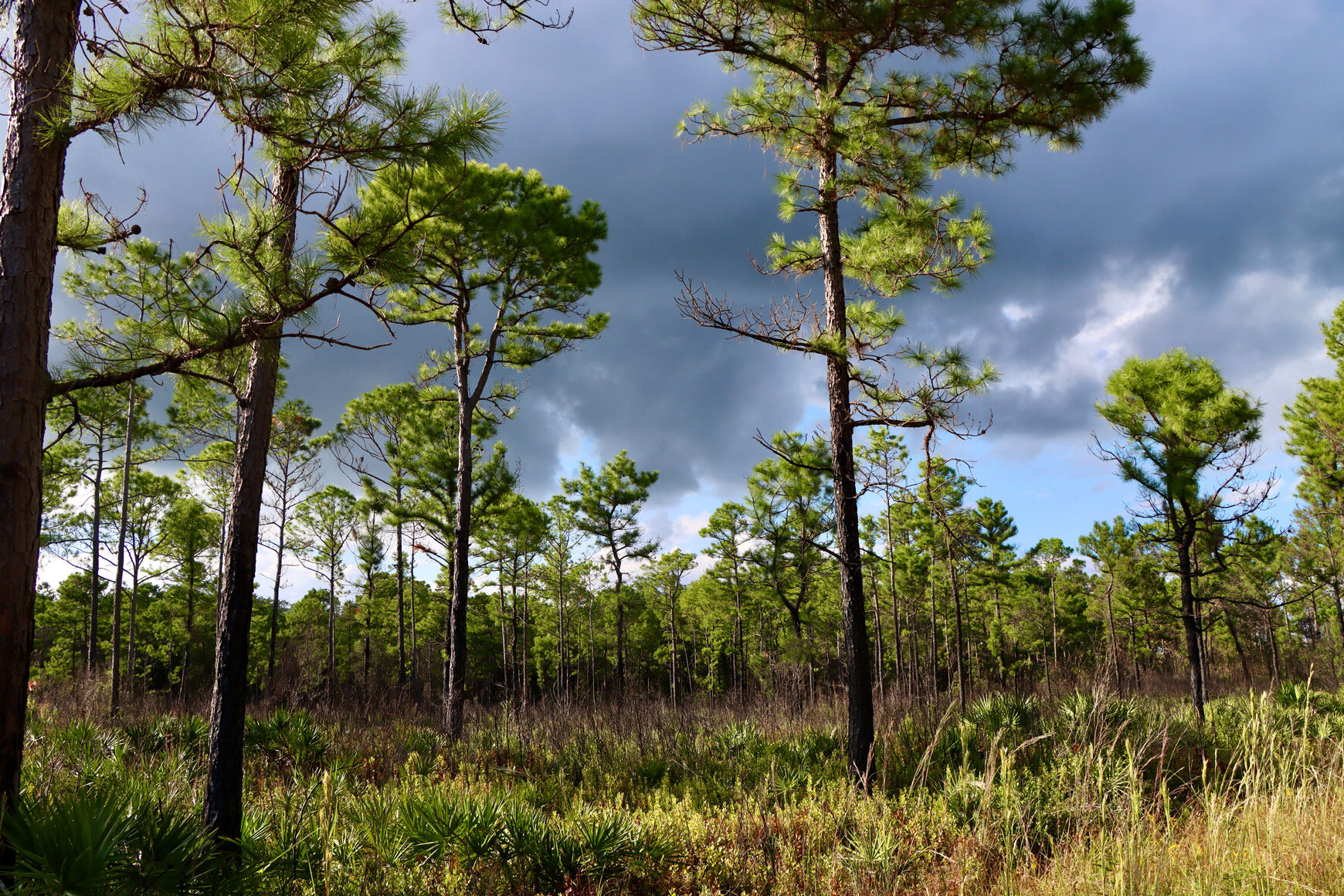
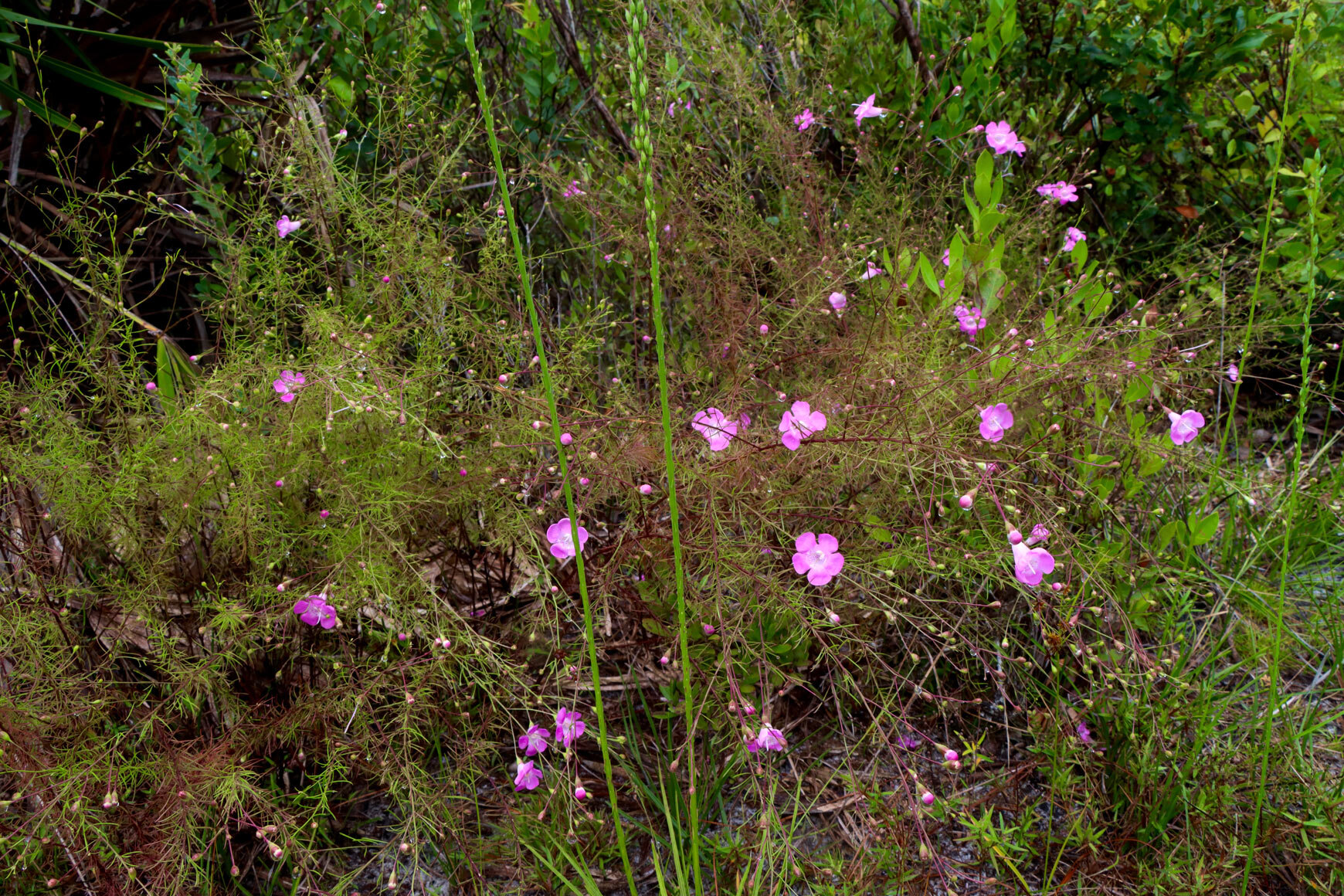
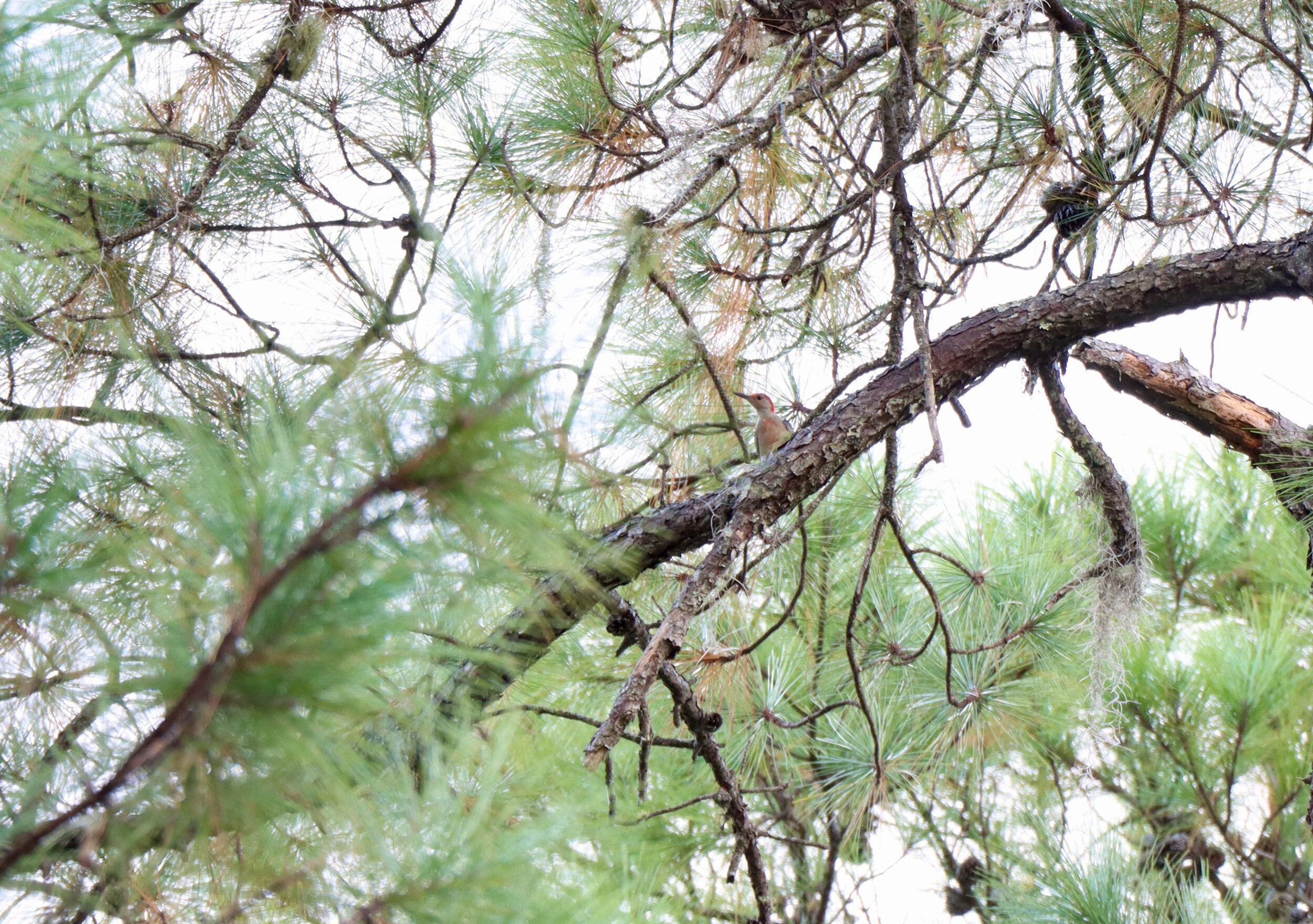

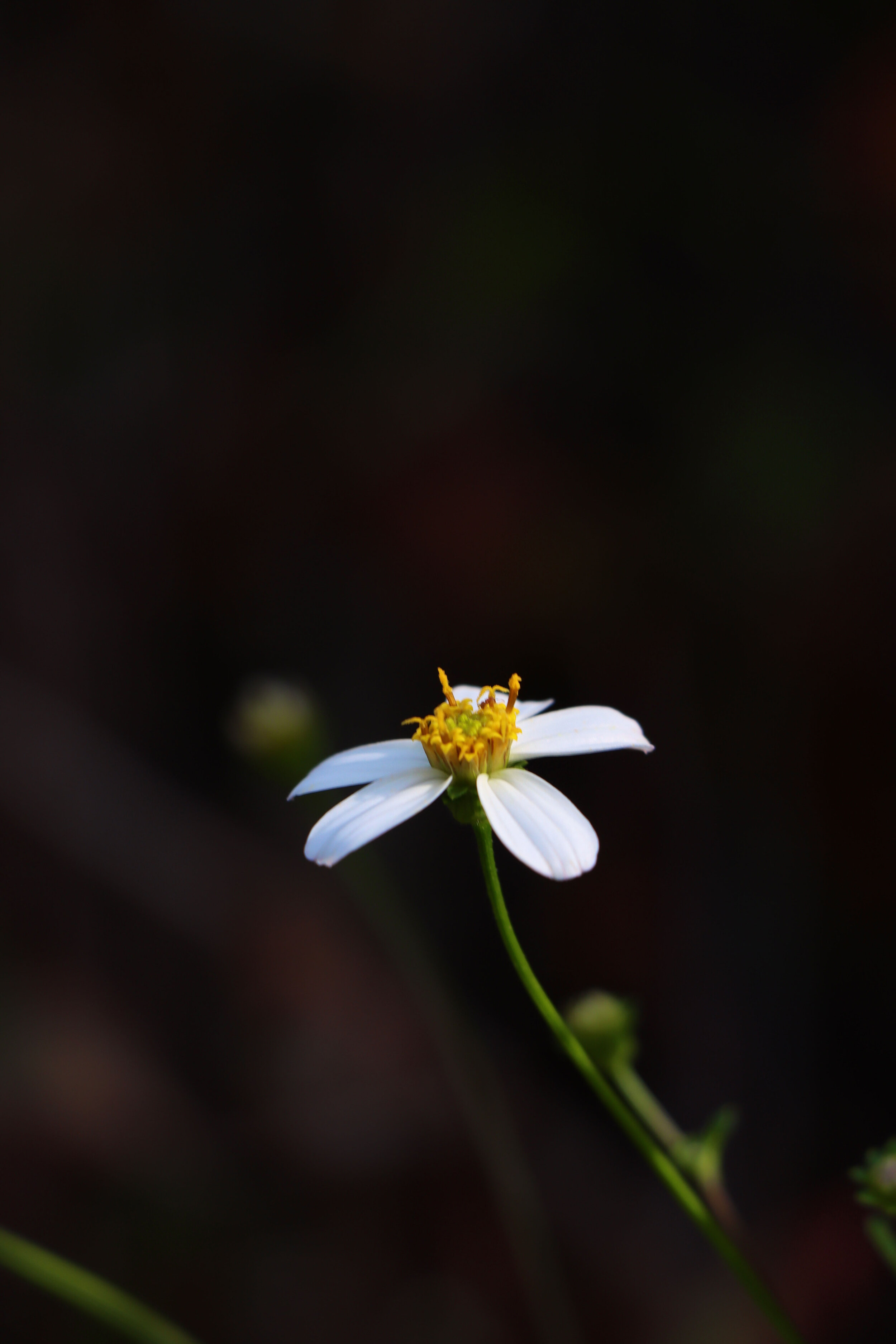
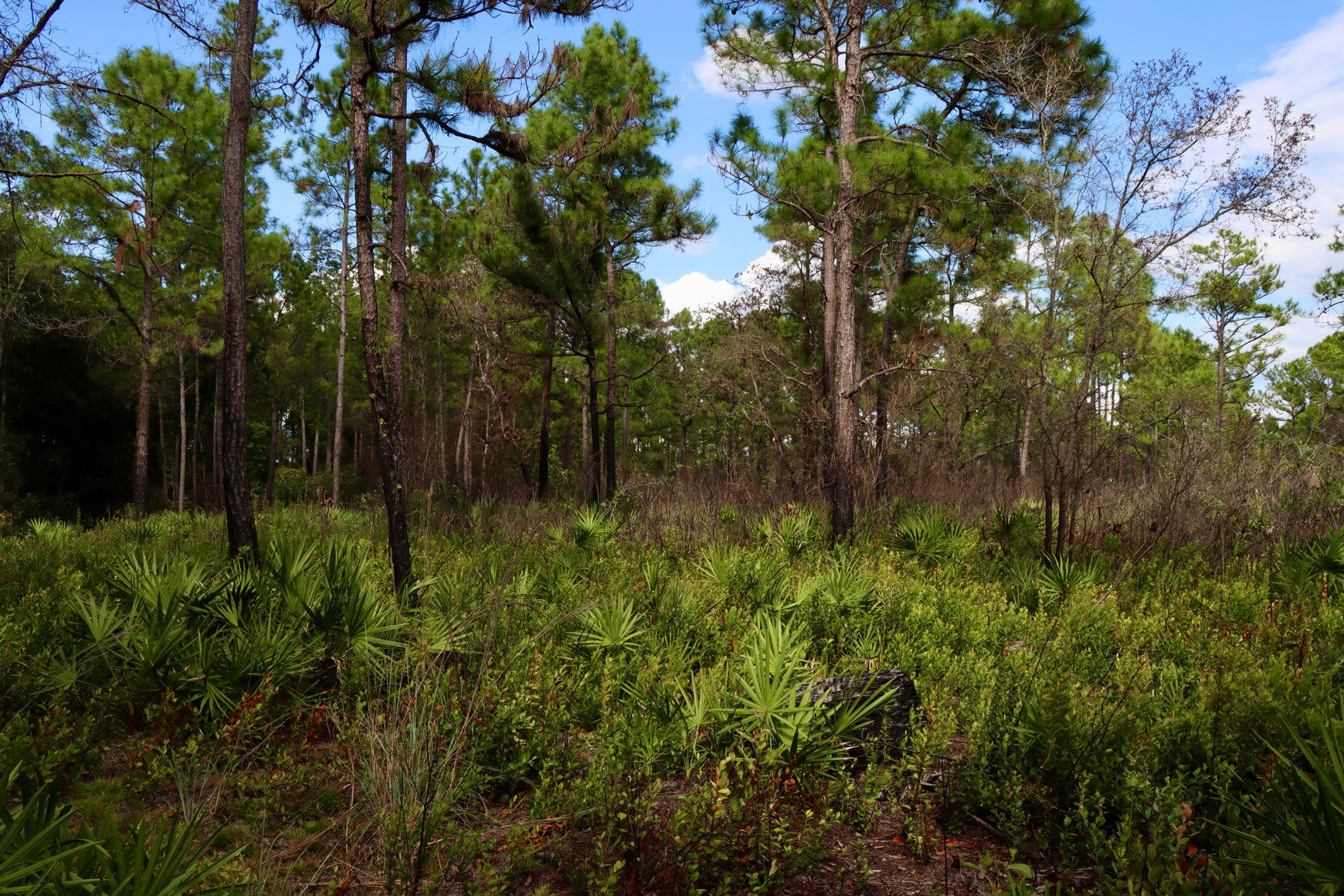
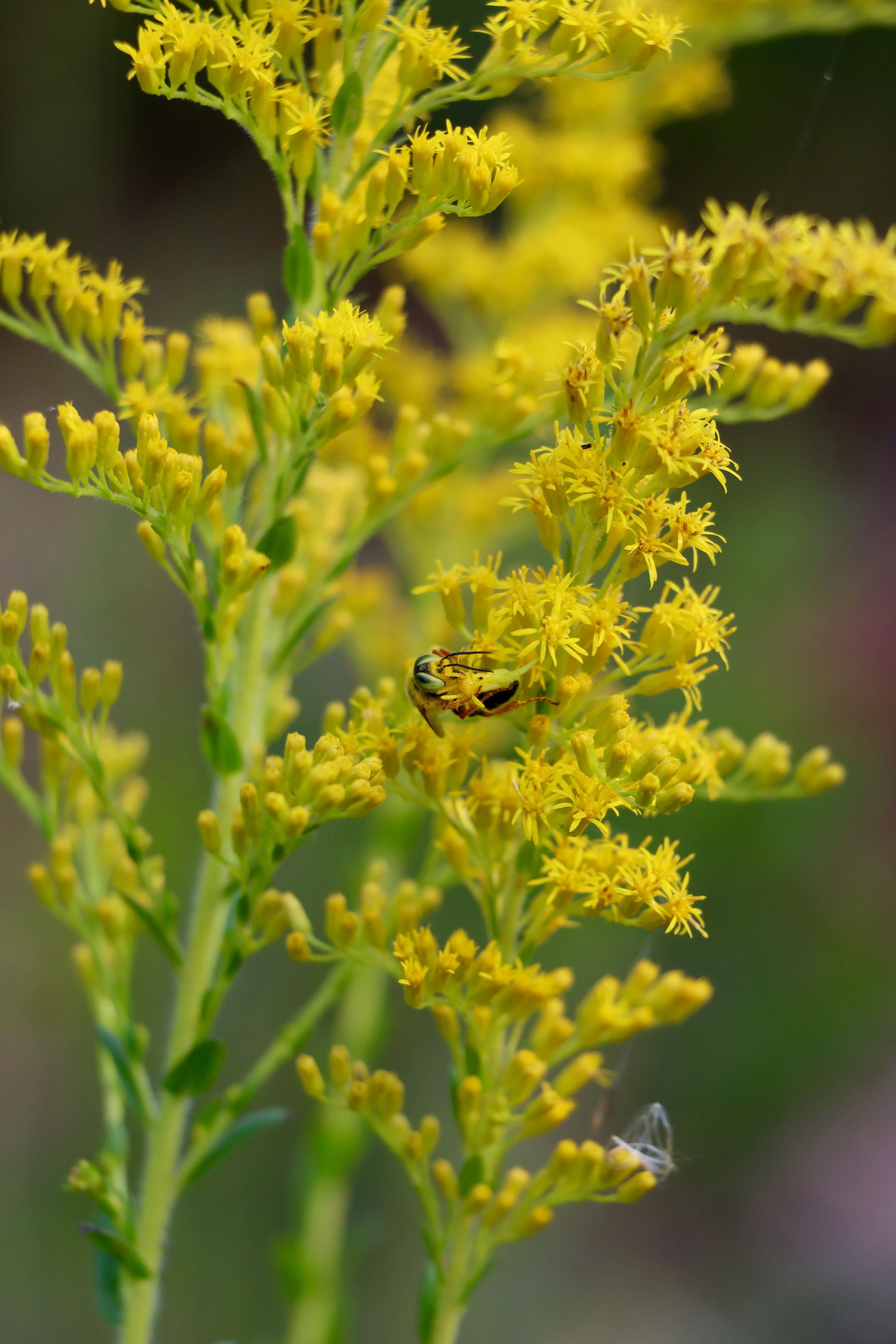
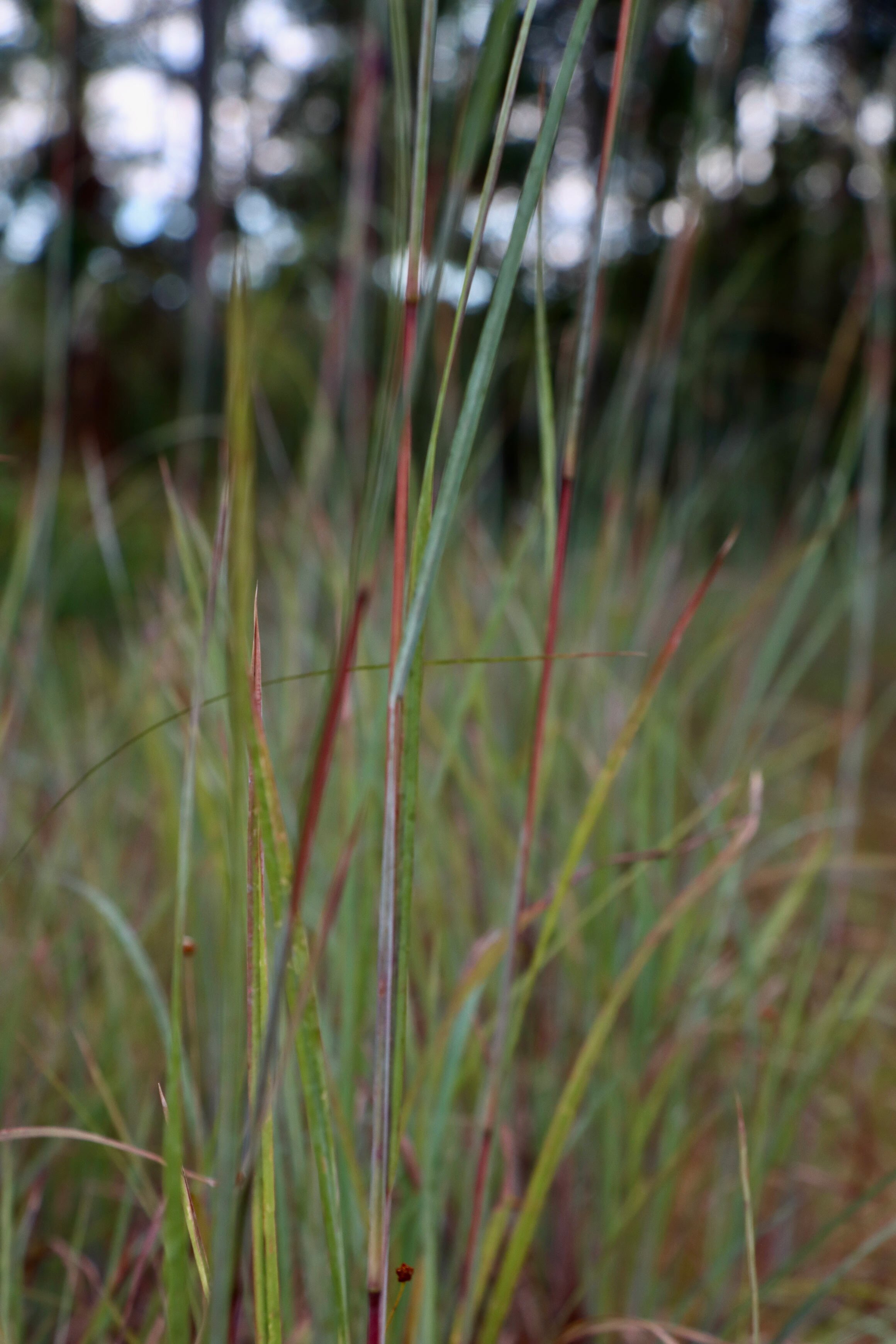
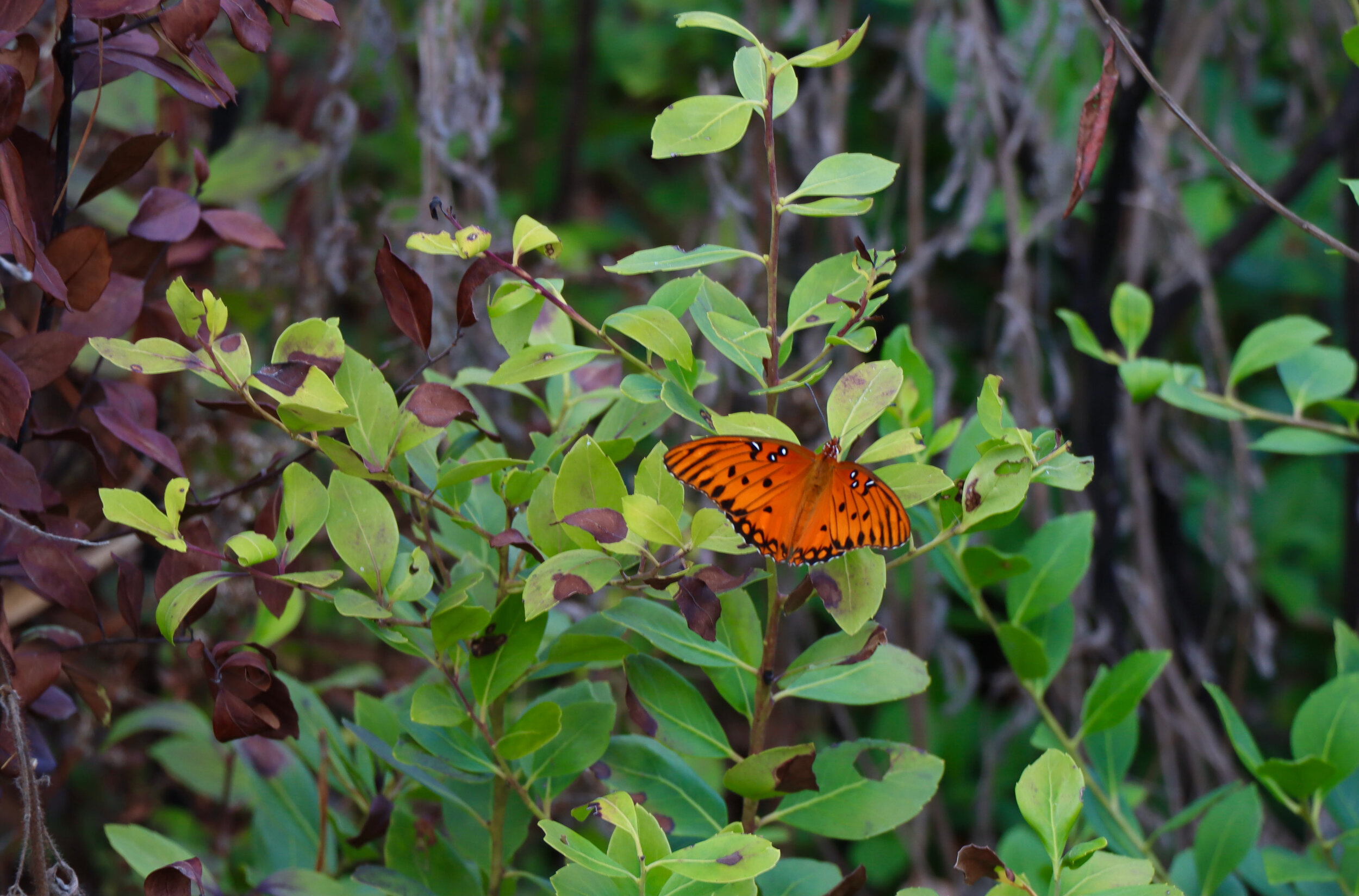

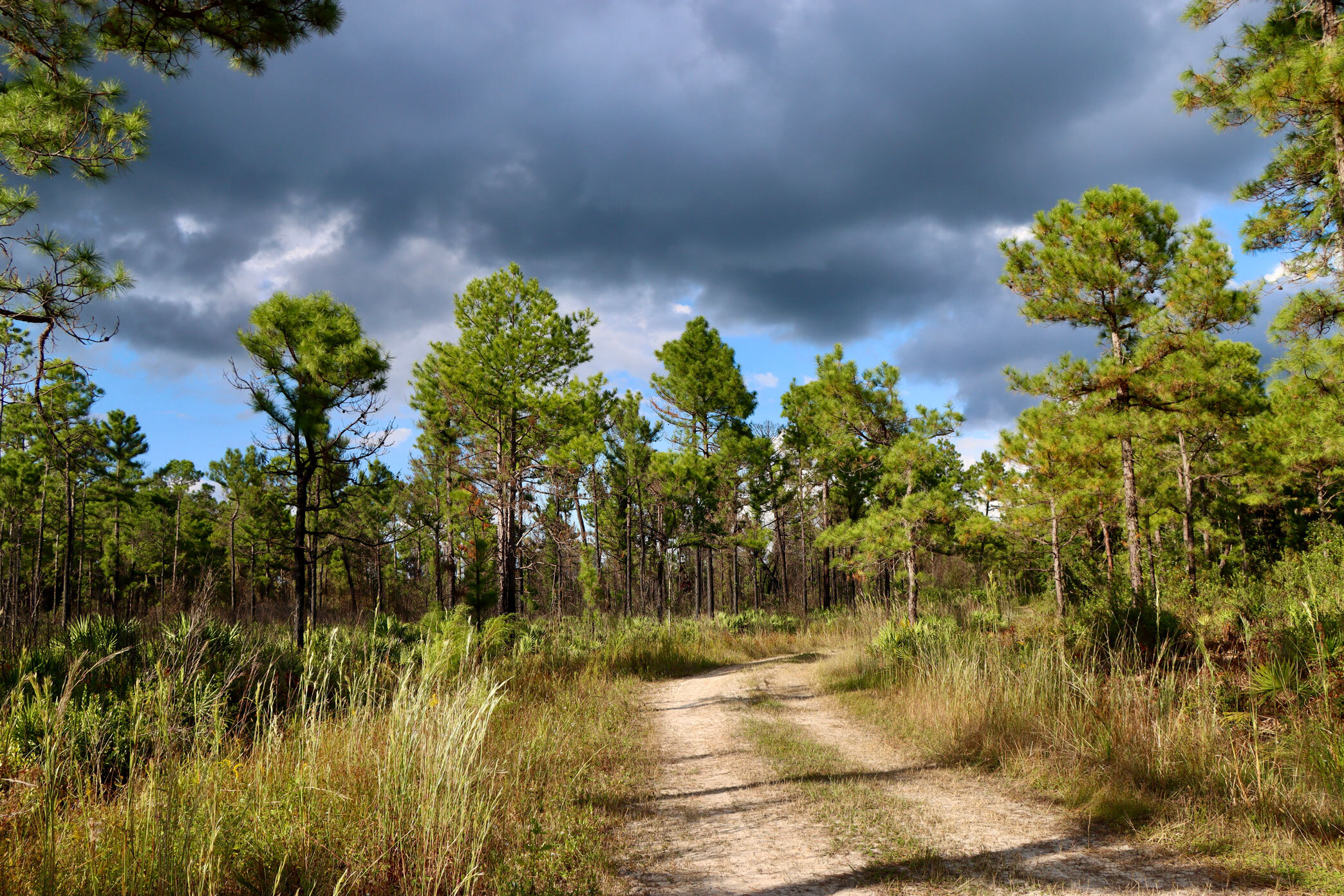
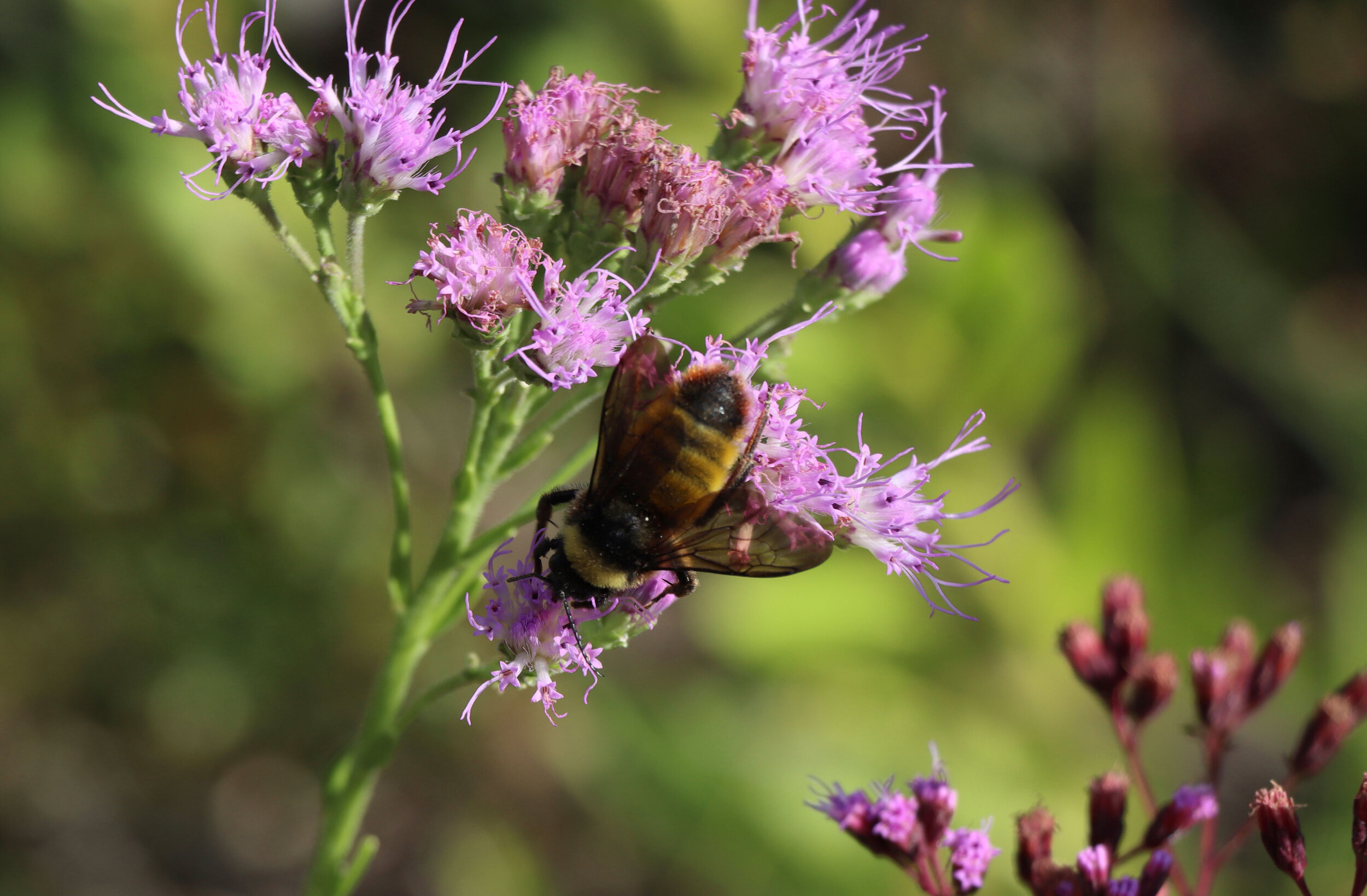
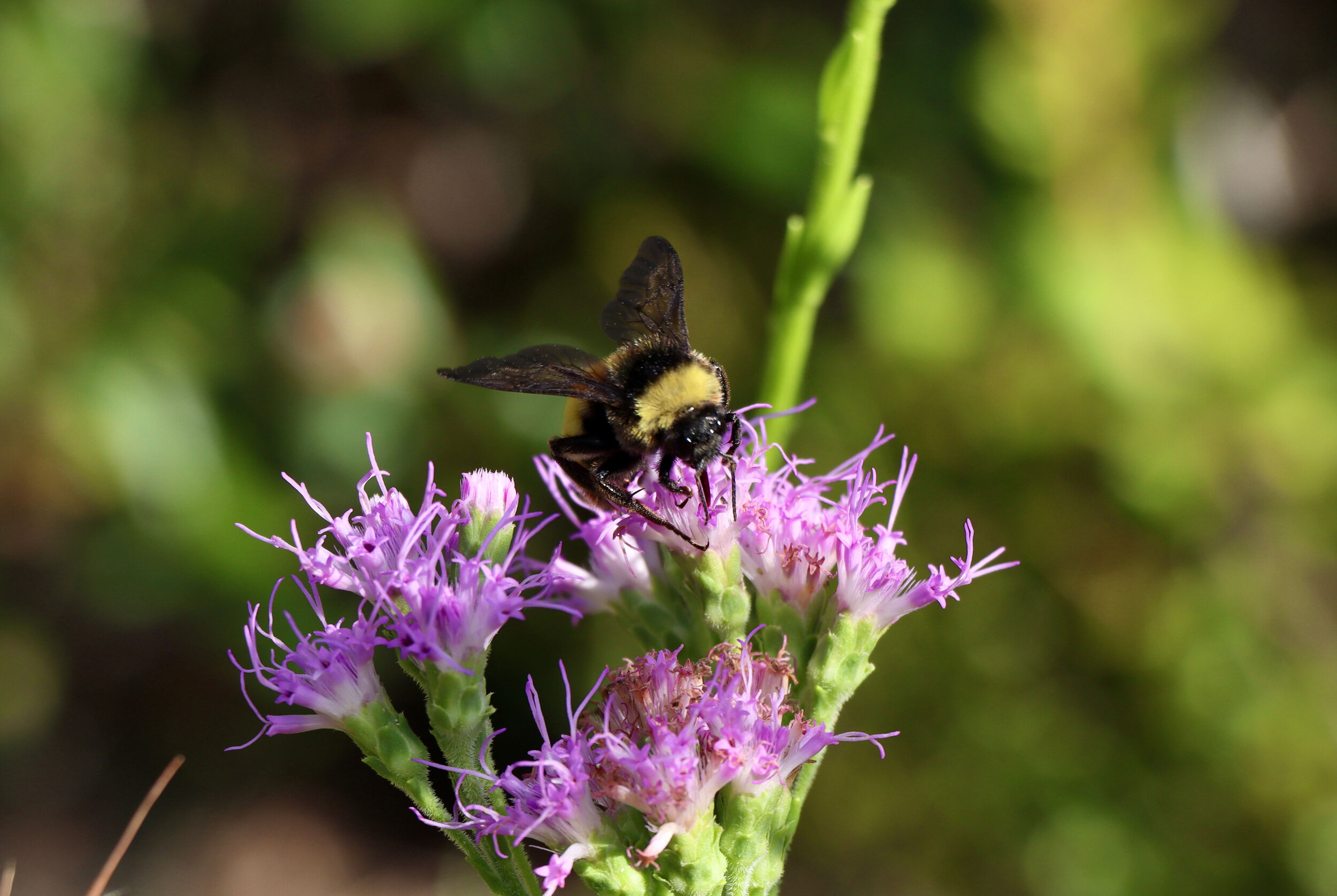
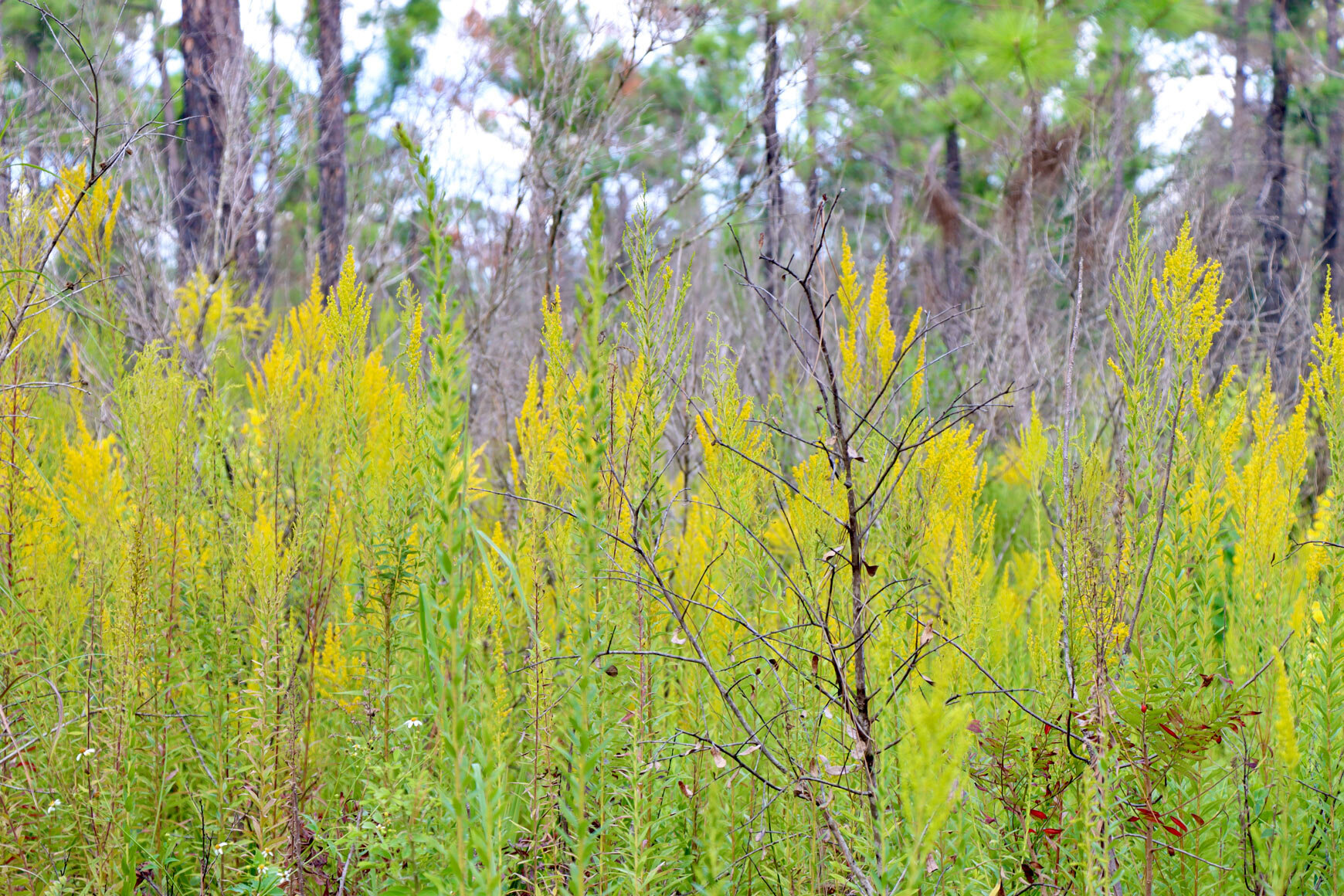
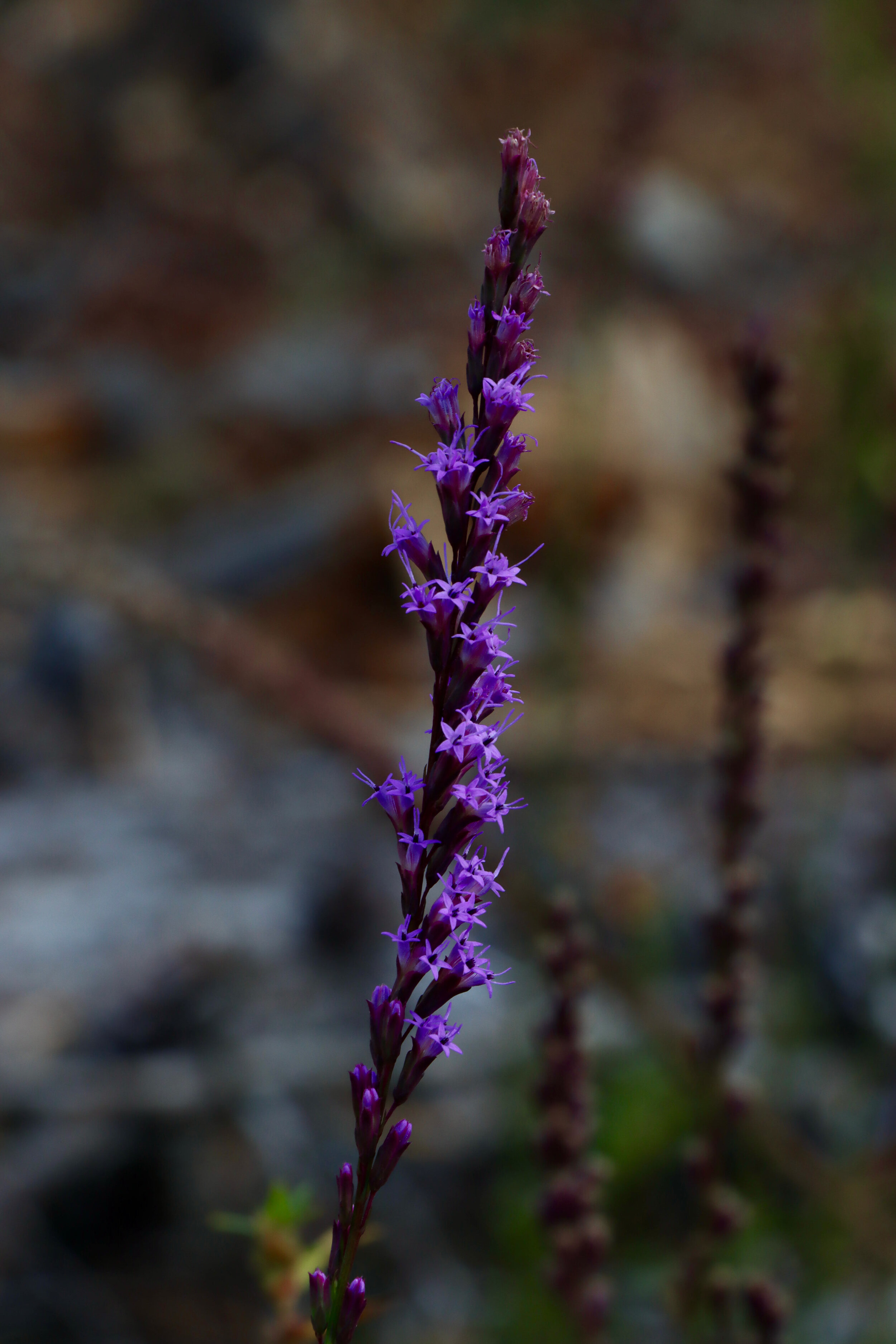
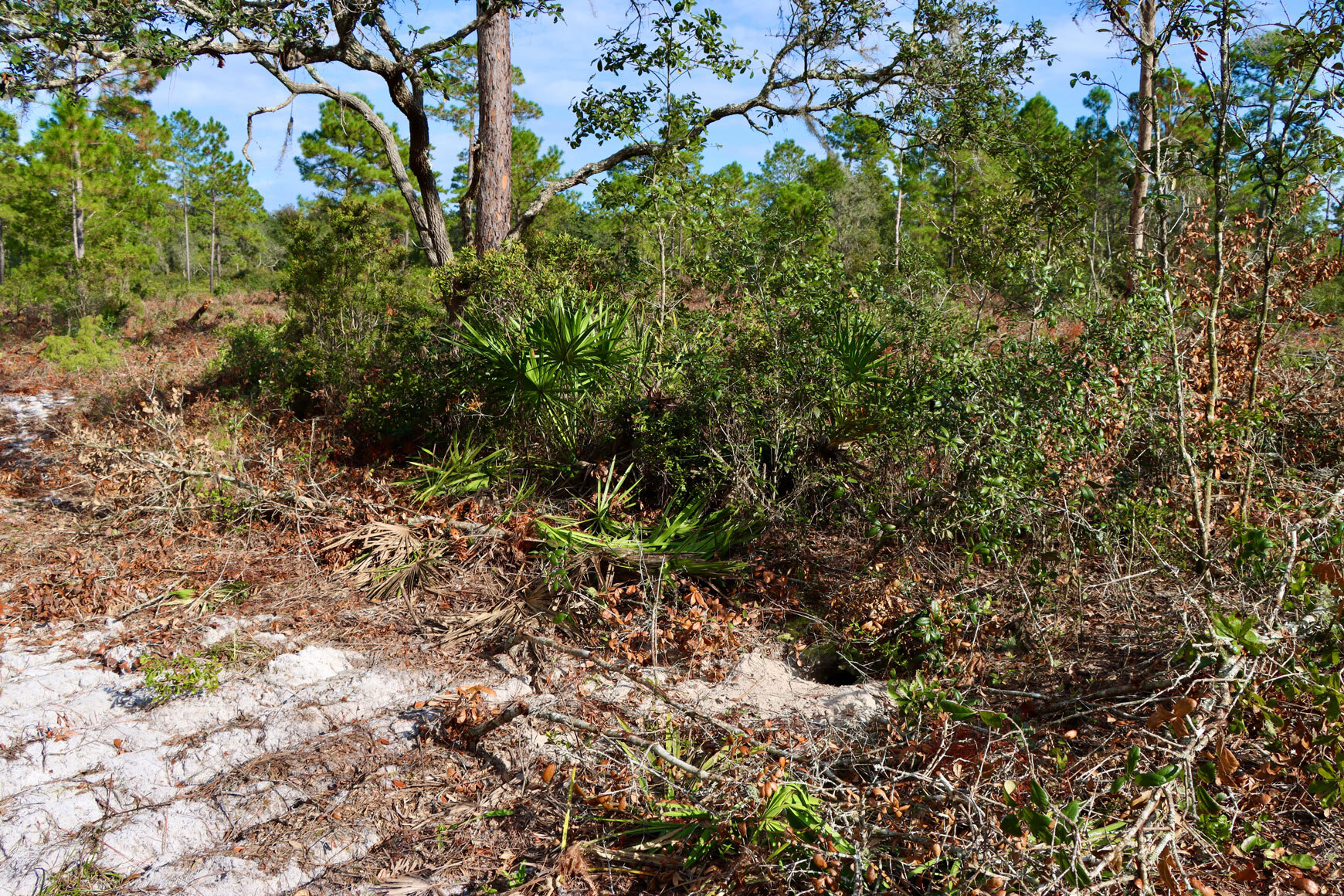

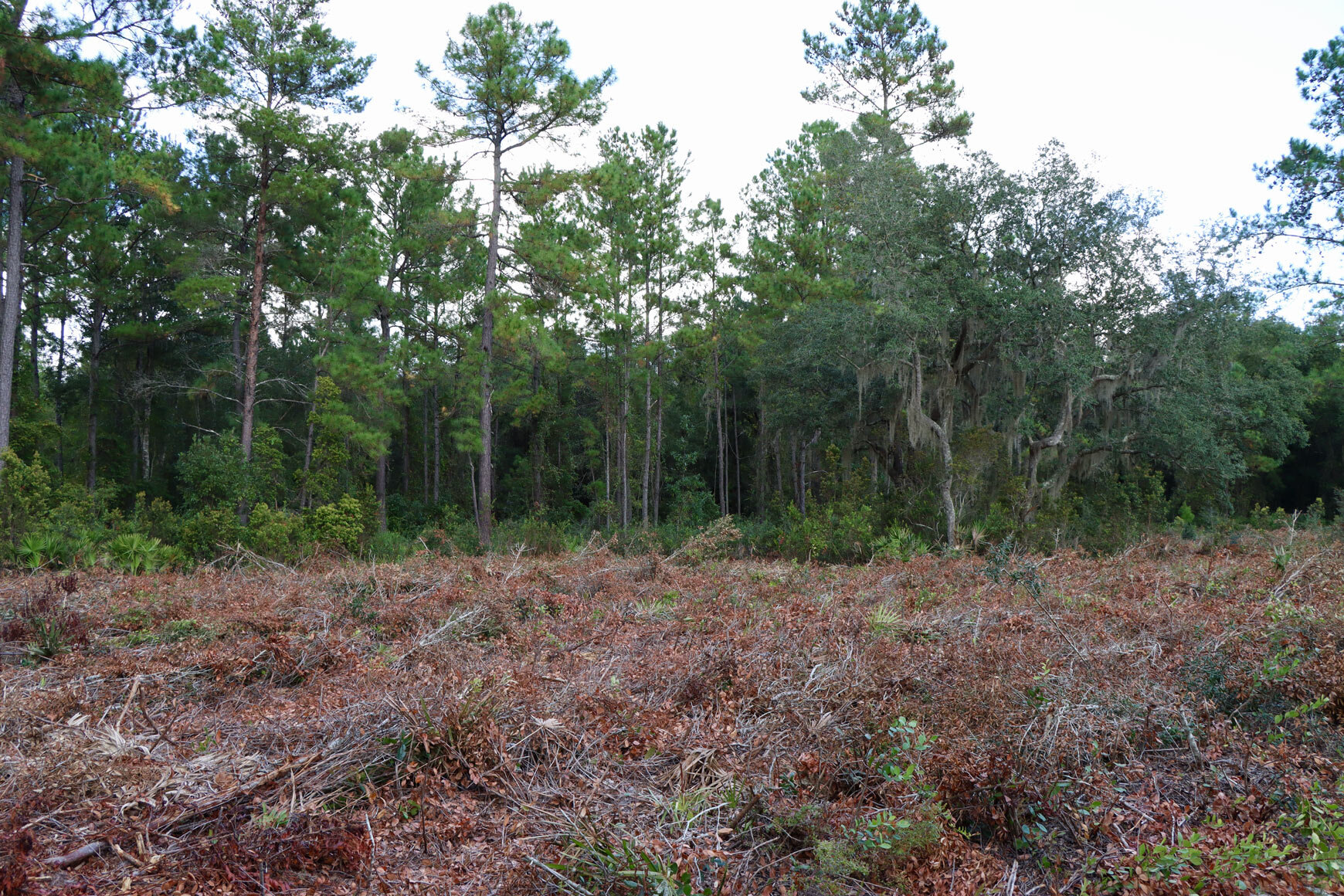
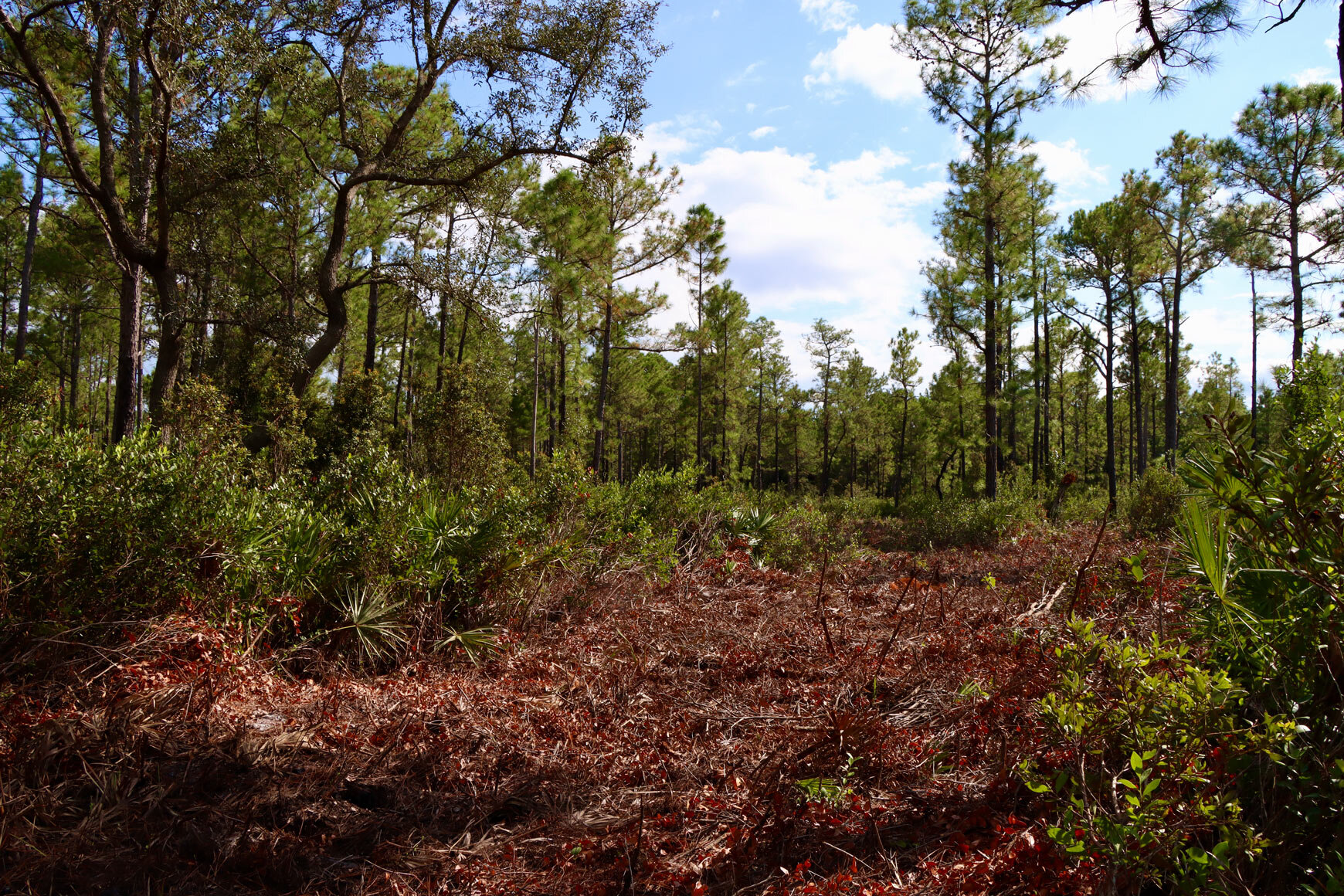
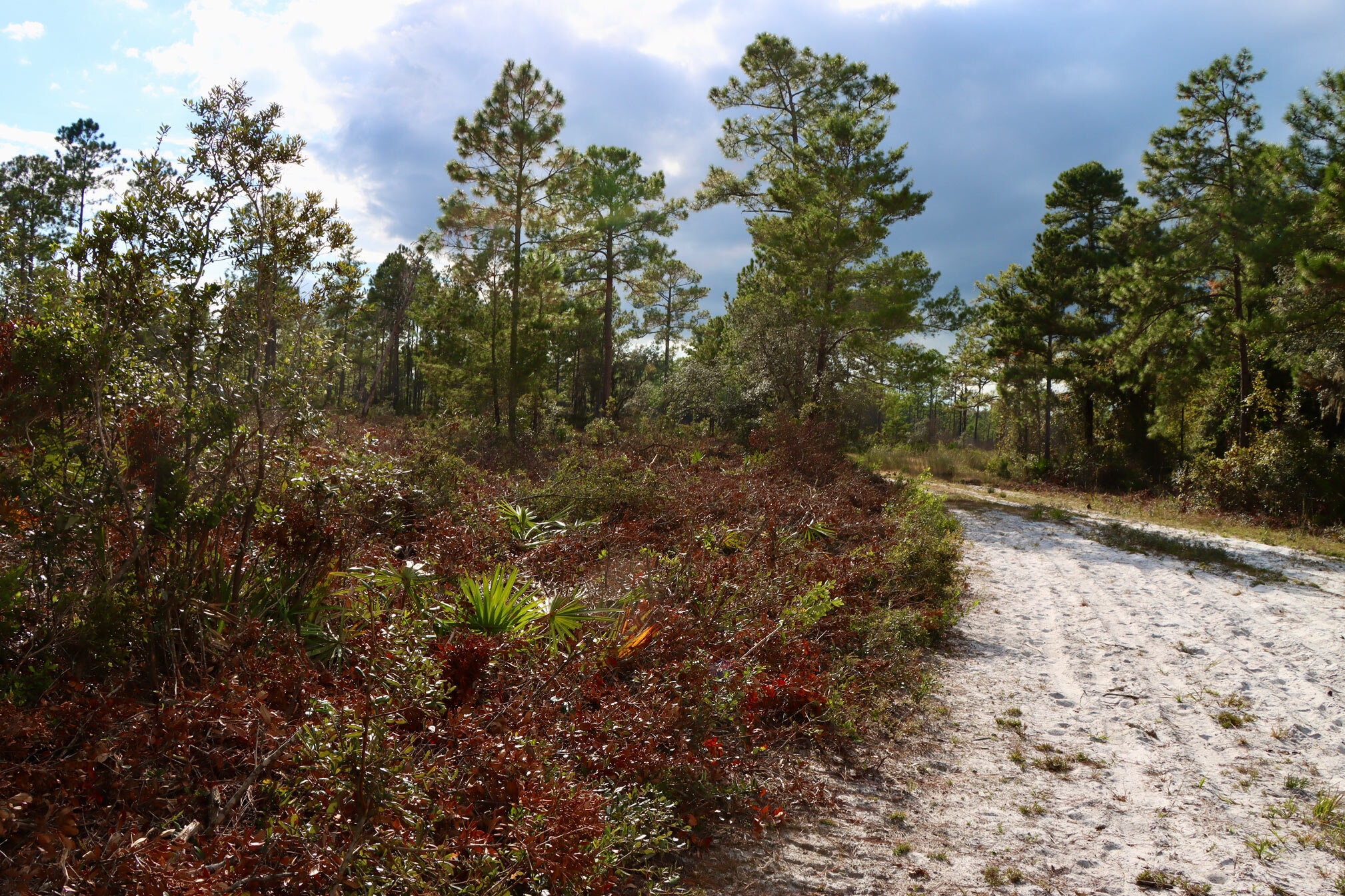
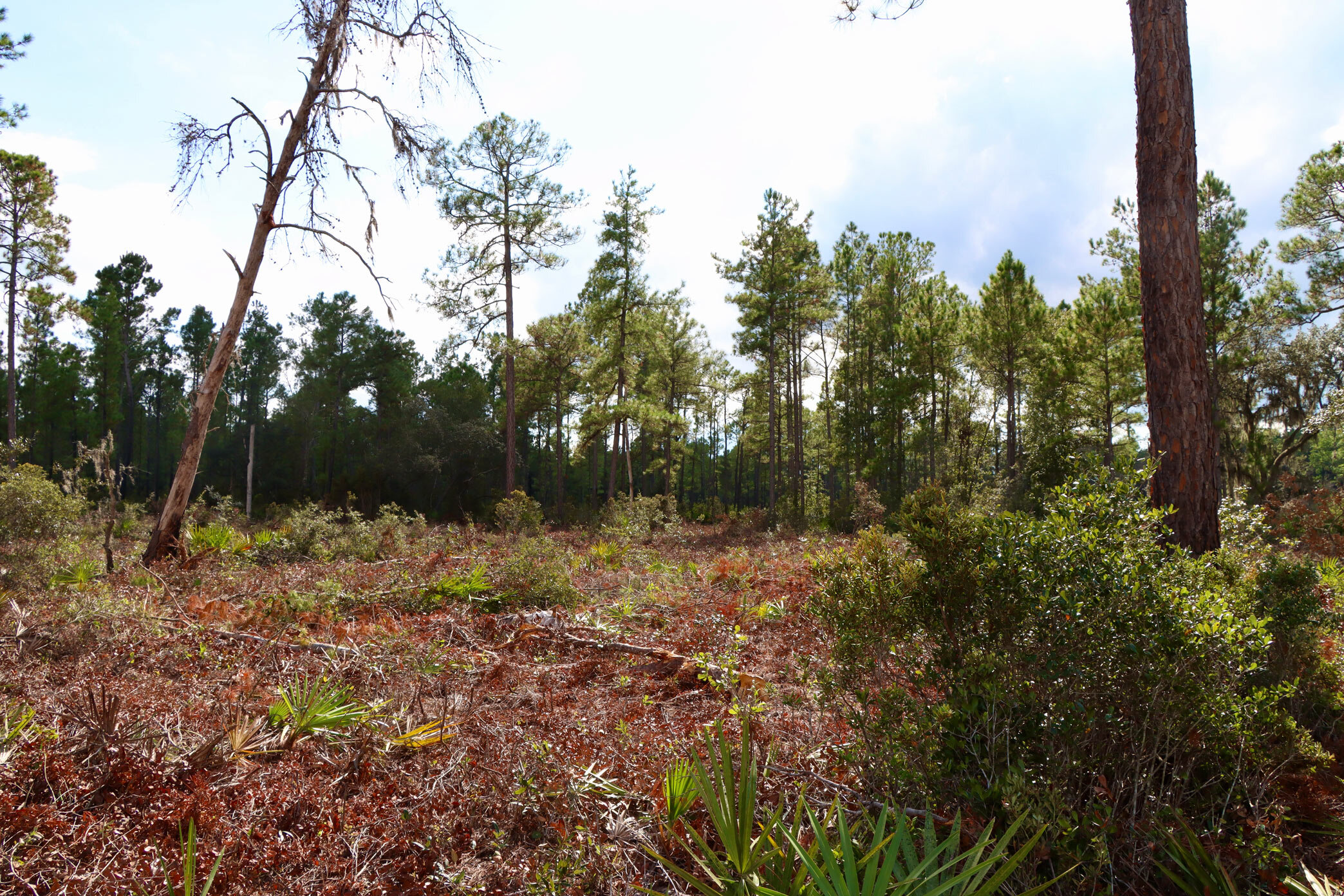

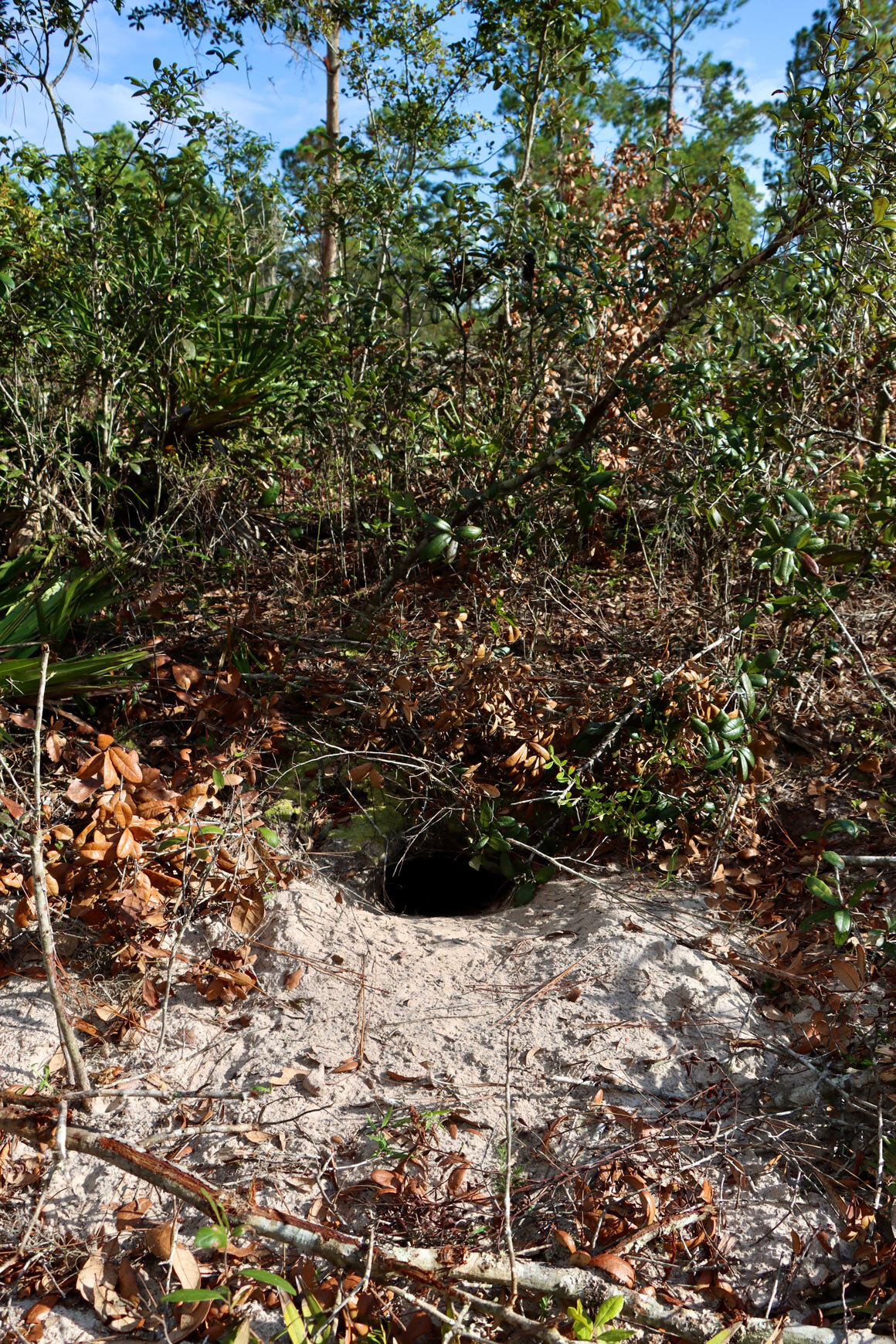
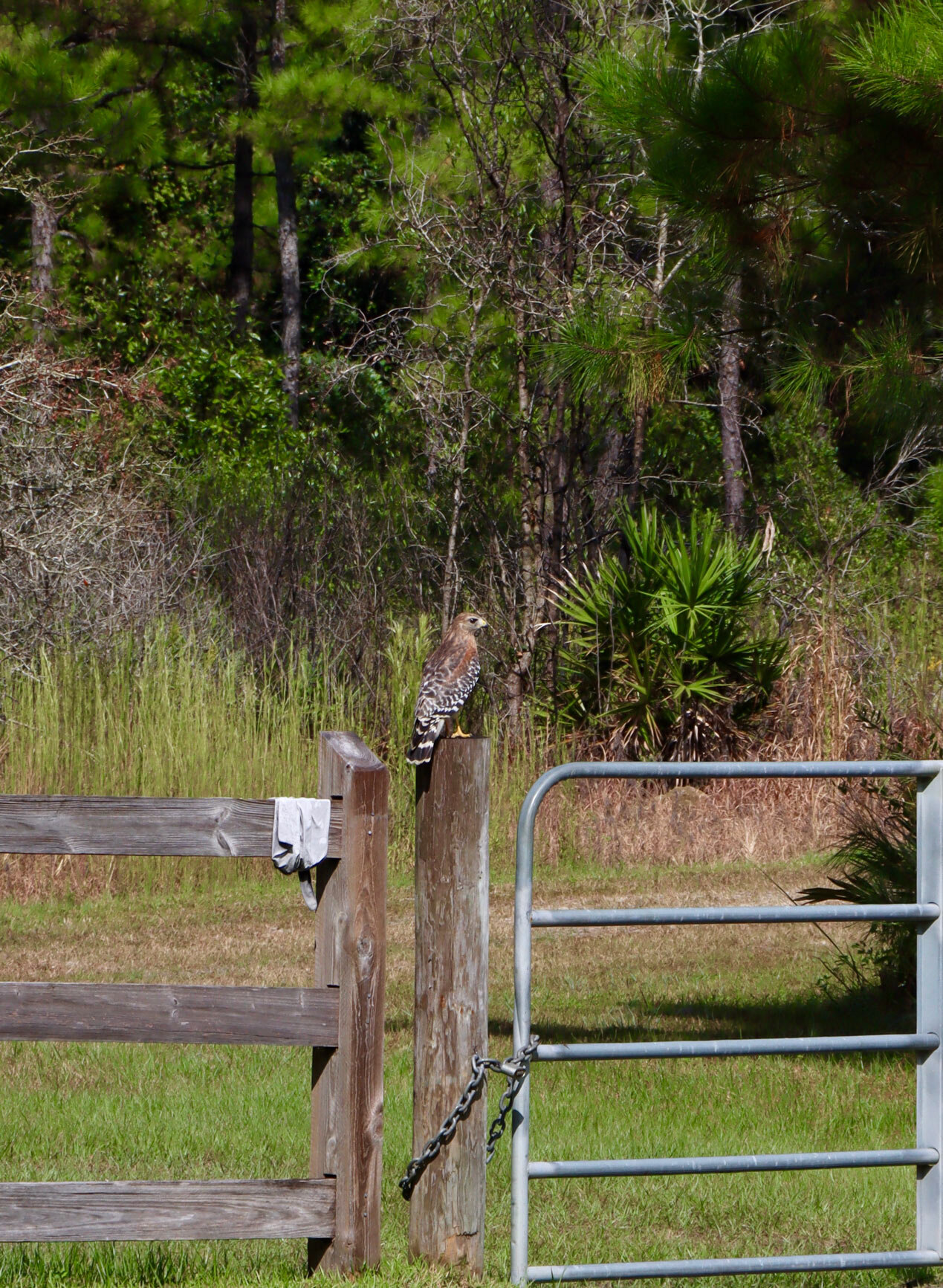
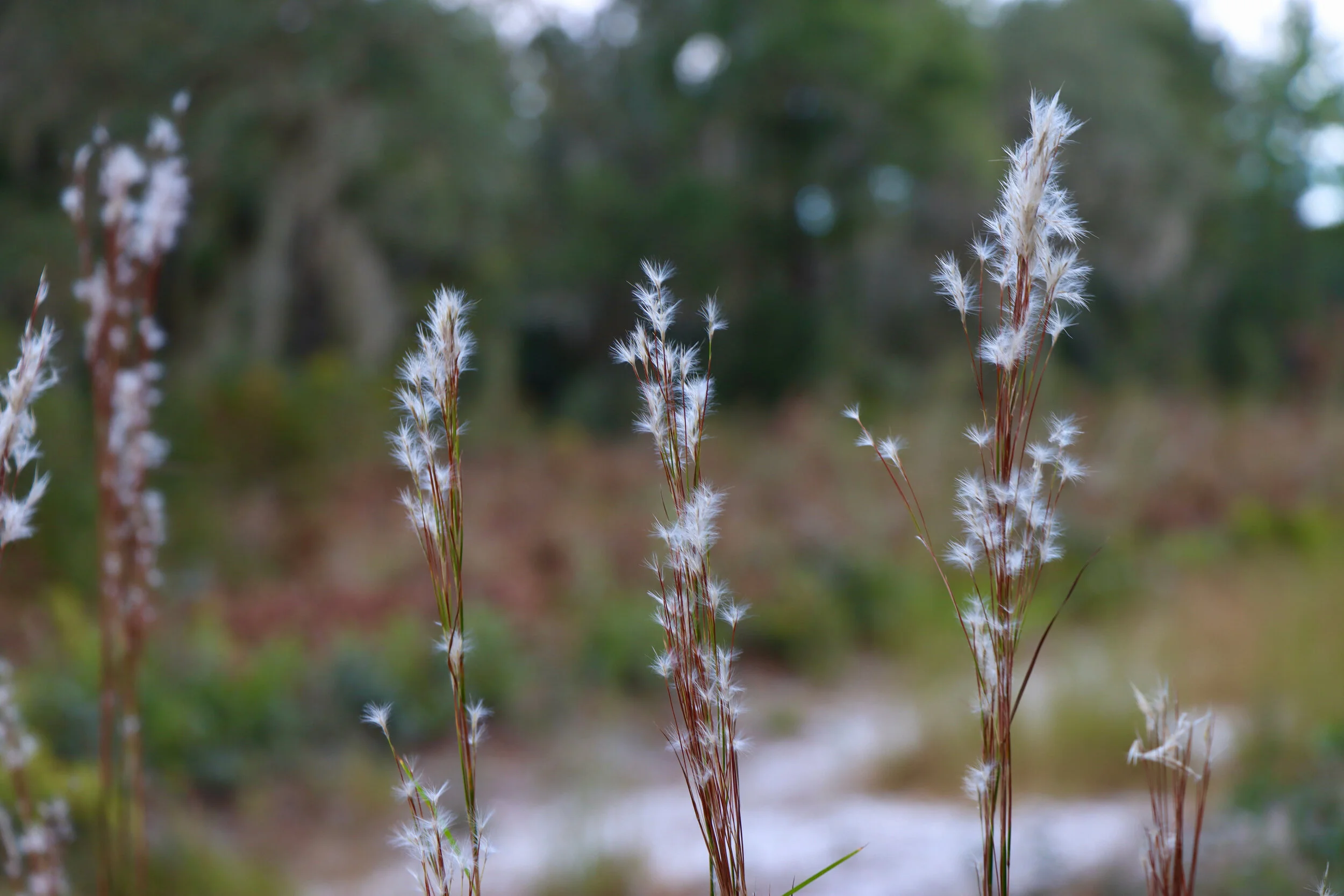
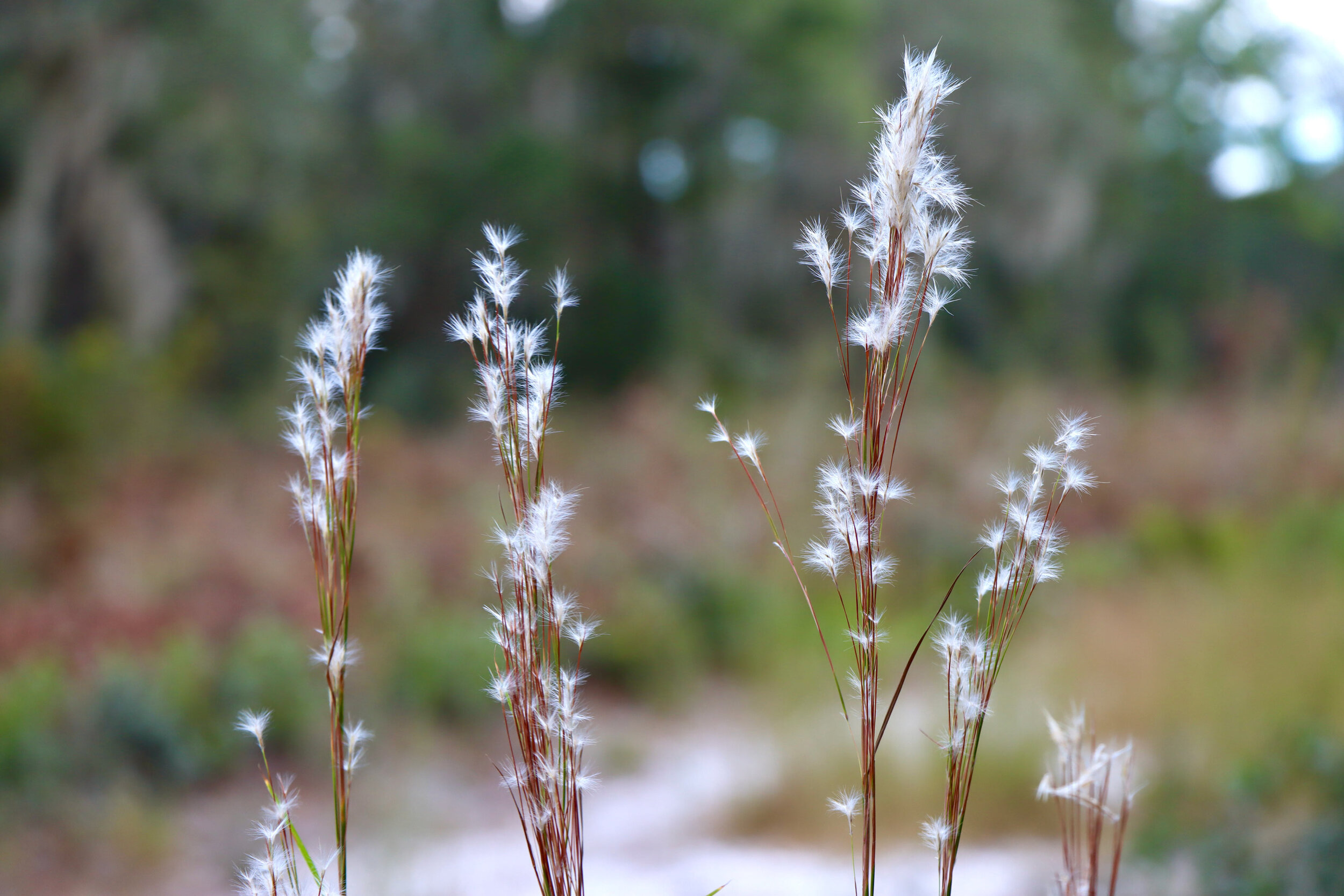

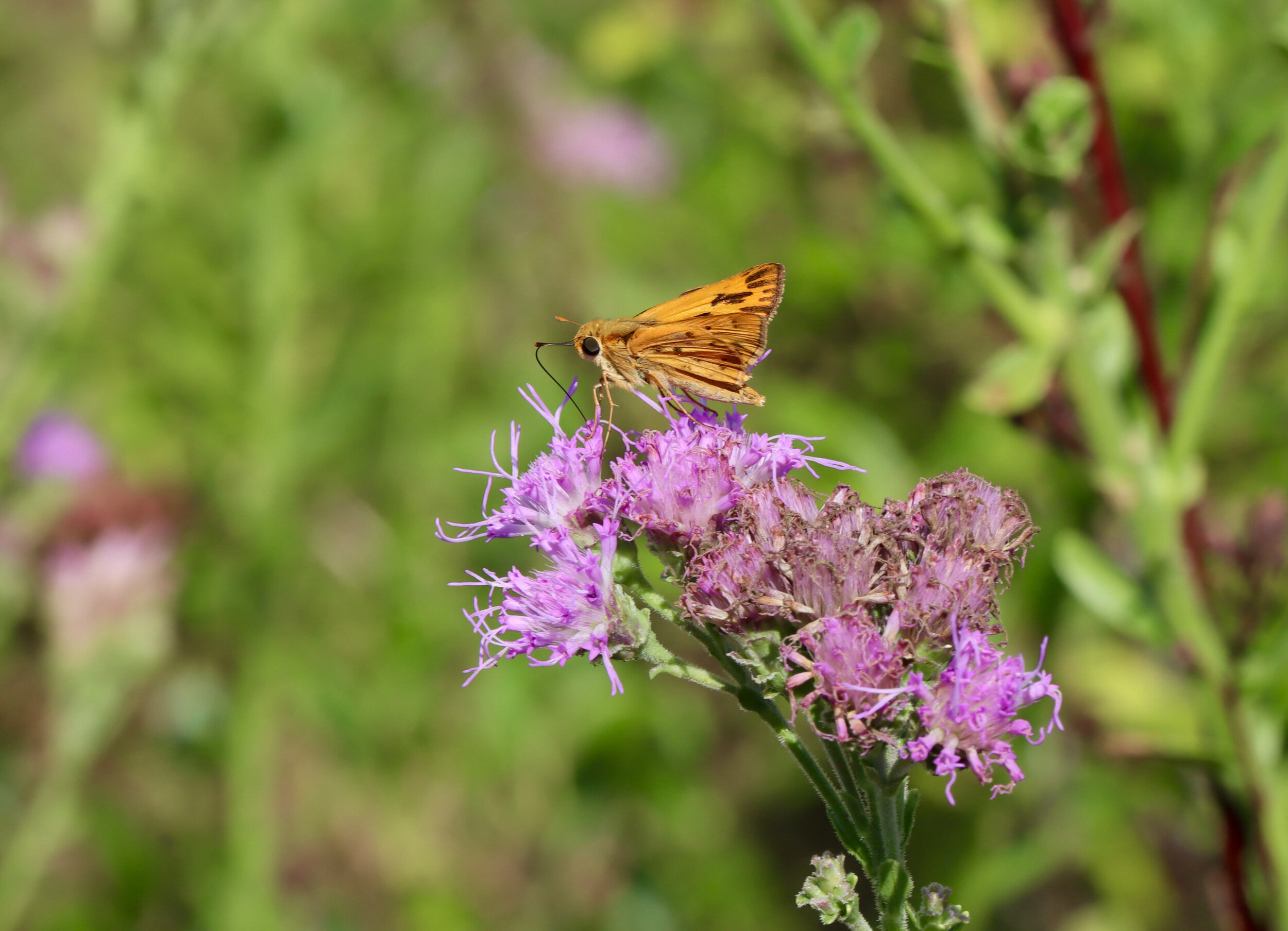
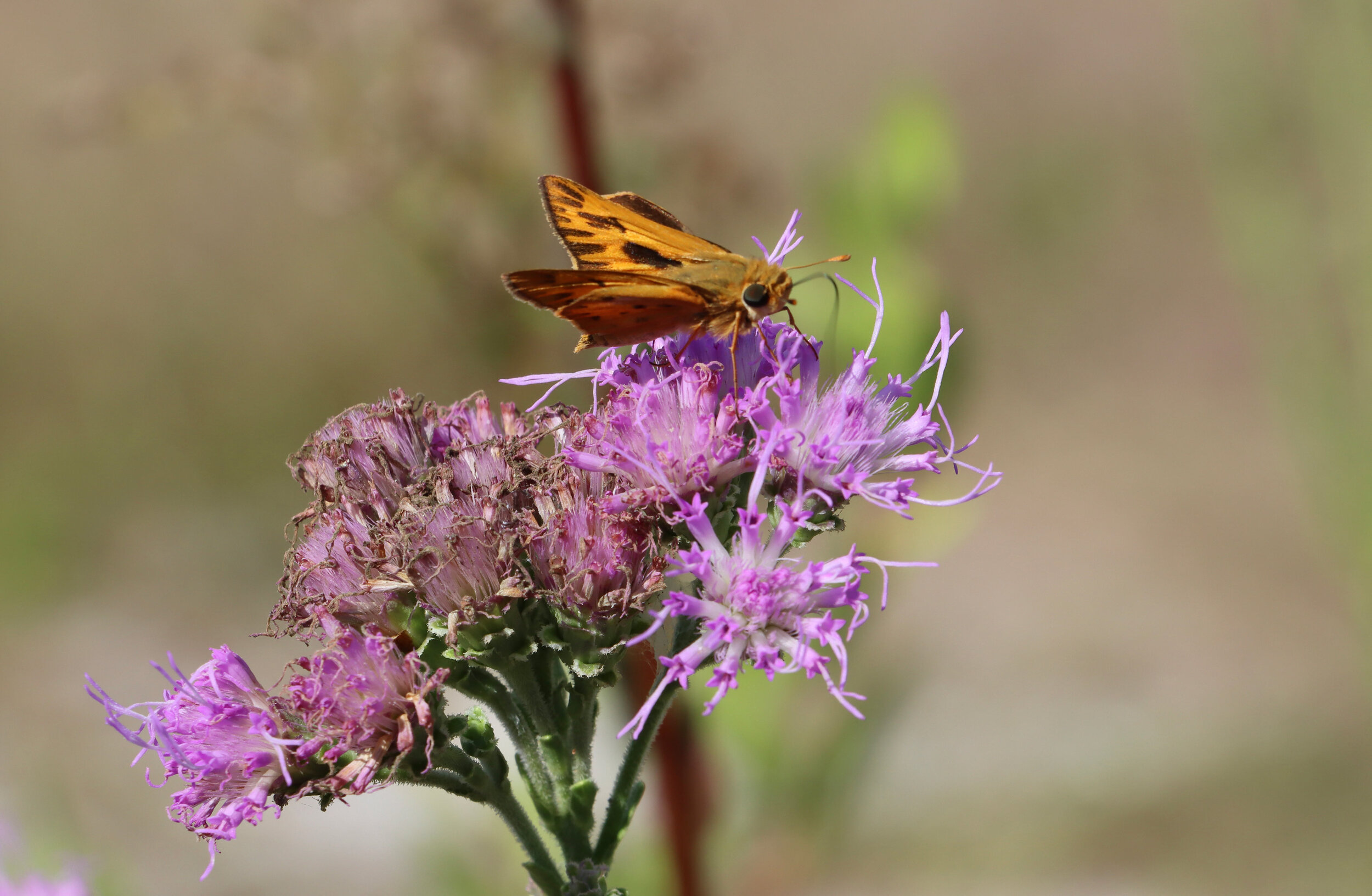
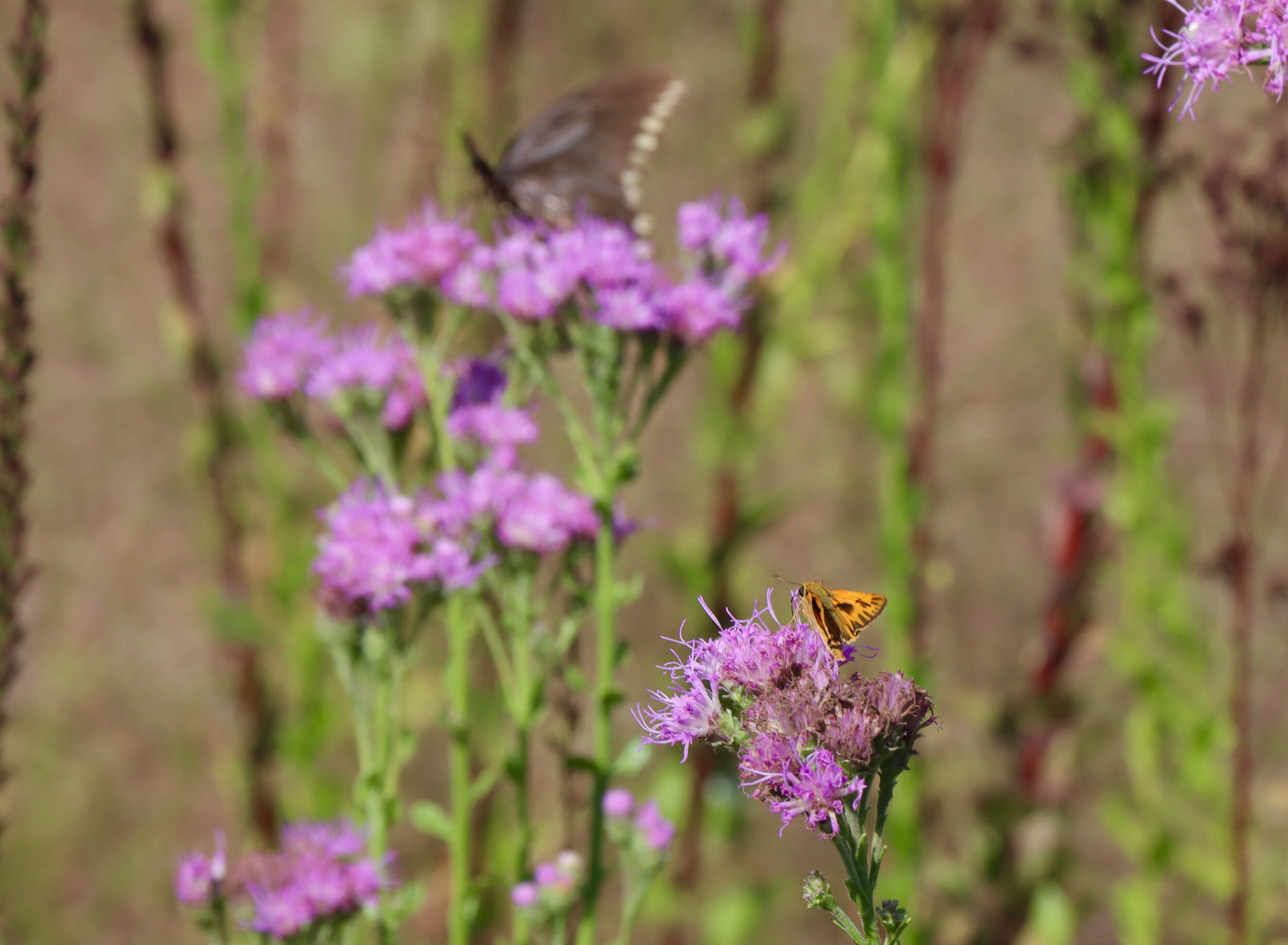

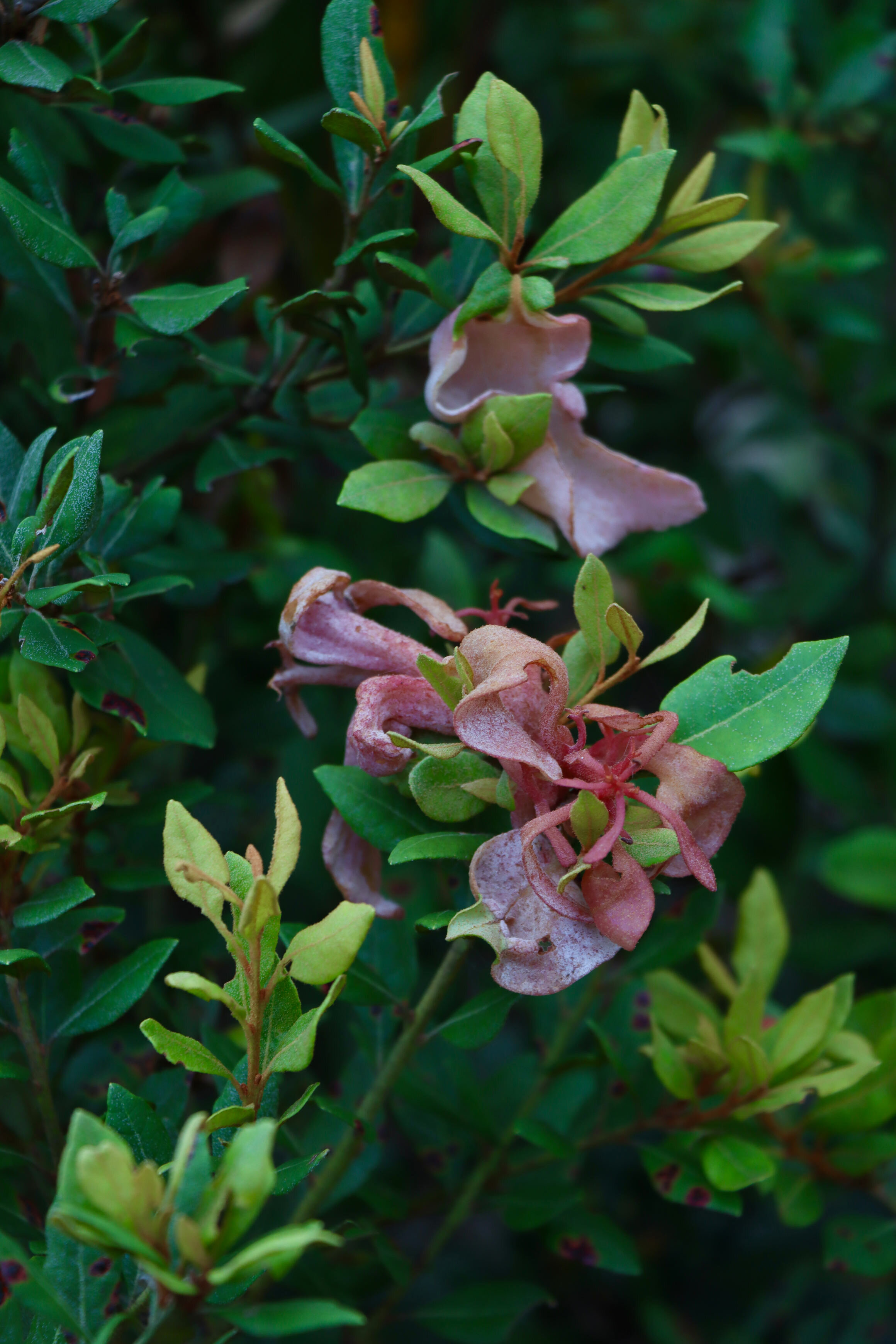
RESTORATION OF SCRUB
Weeks later, I returned to Price’s Scrub and discovered that the scrub habitat was undergoing restoration! Patches of the overgrown scrub were mowed — this kind of mechanical alteration facilitates a clean controlled burn, essential for this fire-maintained ecosystem. The process of management might seem unsightly and catastrophic at first. However, efforts at restoring wild lands and strengthening its ecological integrity are just as important as fighting to prevent a landscape from being developed. I walked through the interior of the mowed scrub and spotted an inhabited gopher tortoise burrow! I wondered what this tortoise felt as they emerged from their home the day after its landscape was mowed. Perhaps, for the first time in a long time, they were able to rest on the mound outside the burrow, eyes closed and soaking up the warmth of the morning sun. Pure. Bliss.
I’m excited to continue visiting this park and see how the restoration process progresses. Will there be changes to biodiversity and the wildlife? Perhaps eventually, we will see a larger gopher tortoise population. Who knows what will come of it, but I’m here for it!
LOVE FOR THE SCRUB
I love spending time in the scrub — in a way, I always feel like I have stepped into a time machine that took me to ancient Florida, millions of years ago. Twenty-five million years ago, there was no Florida — it was simply a chain of barrier islands. Today, those barrier islands are islands of scrub surrounded by land. These islands evolved independently and so, each scrub habitat is its own unique self with somewhat different plant diversity. That’s just one reason why all of these scrubby islands are worth restoring and protecting. As much as I appreciate scrub habitats, it is only one of Florida’s ancient and unique ecosystems; I’m excited for the opportunity to explore more, and as a member of WildLandscapes, work to protect them as well.
Amanda Hipps is WildLandscapes Director of Communications. Amanda is a conservationist and science communicator who has conducted research and helped people appreciate the importance and value of conserving landscapes. Born and raised in Florida, she has a passion for protecting Florida’s wildlife and preserving the states wild landscapes.

